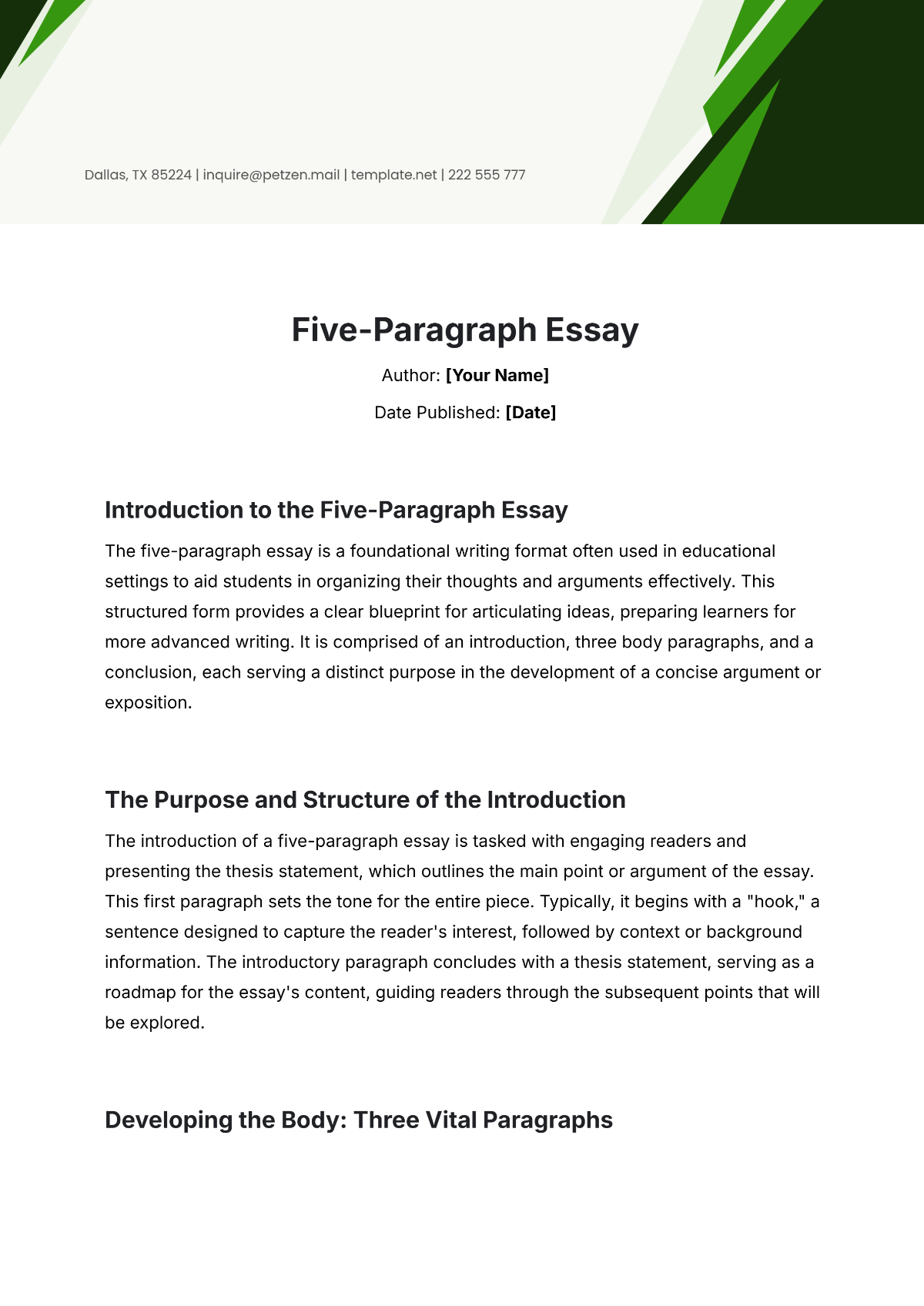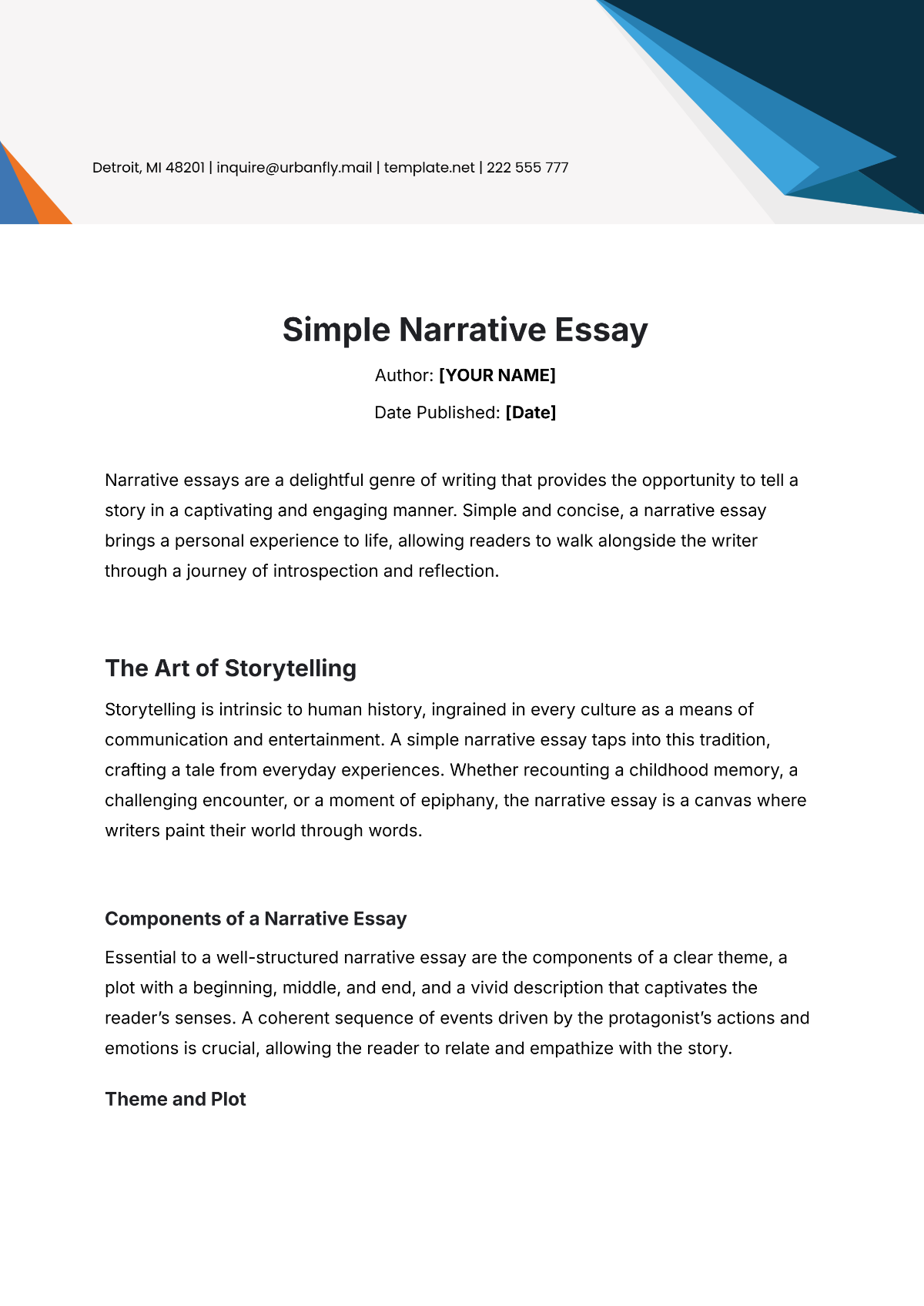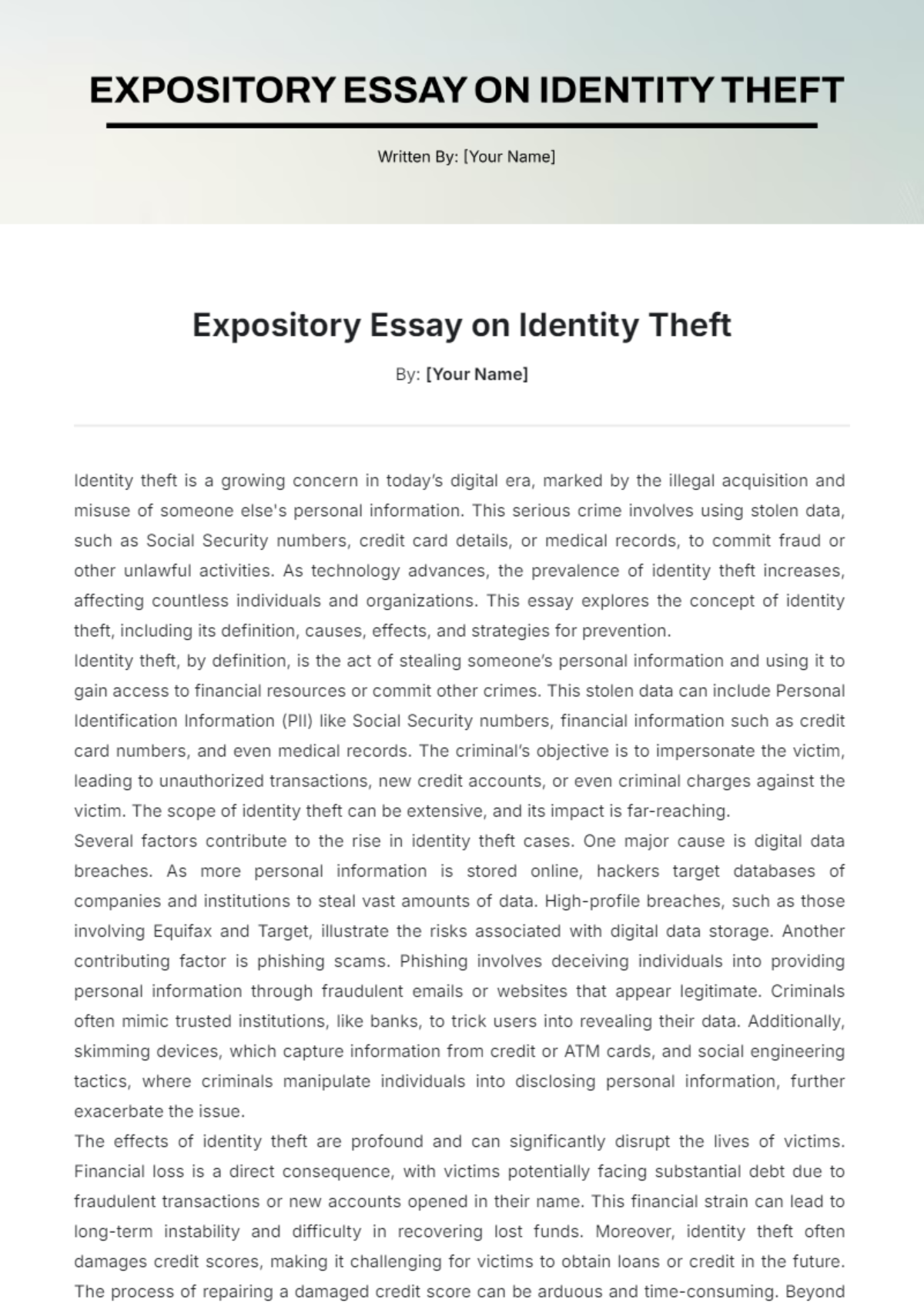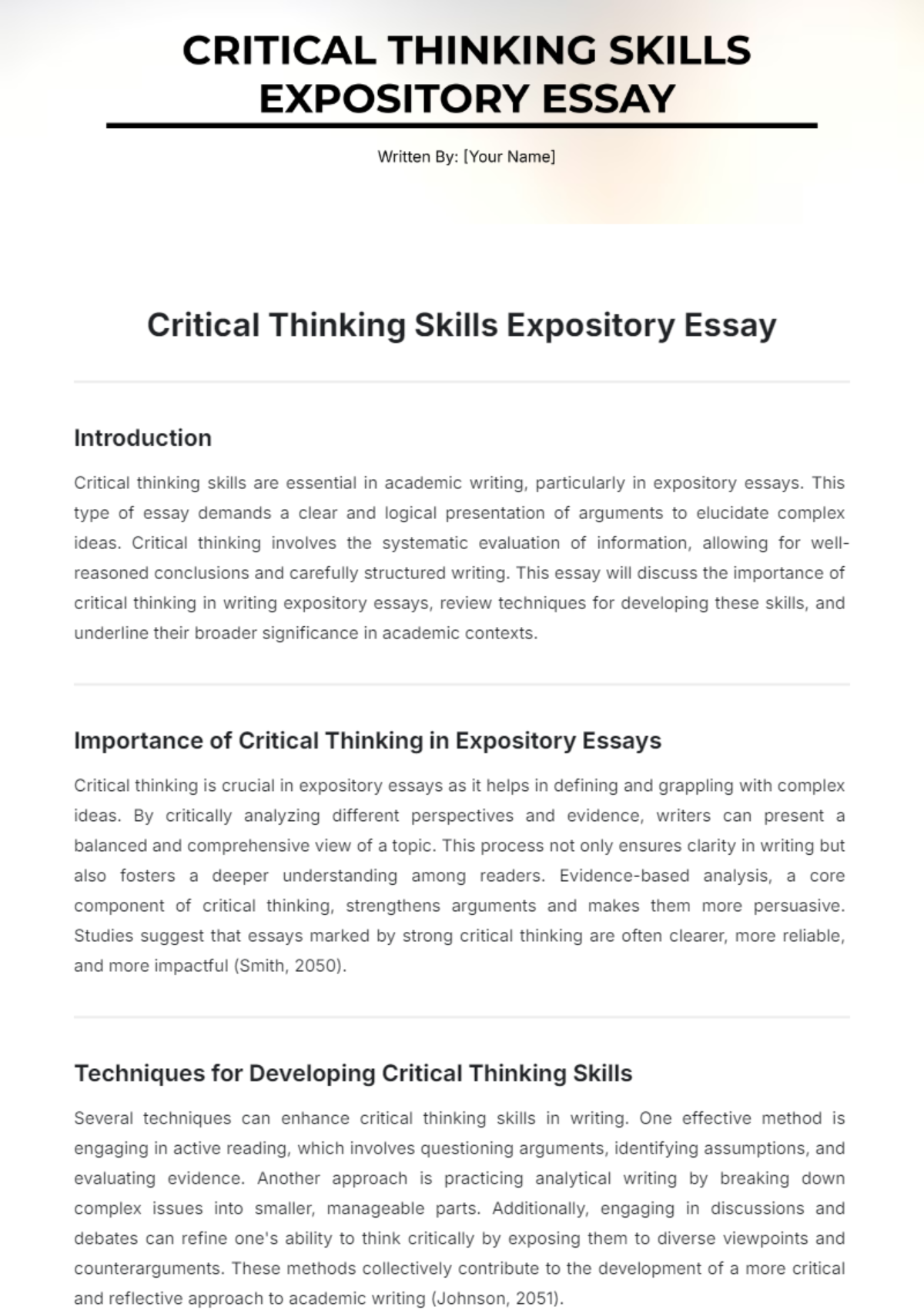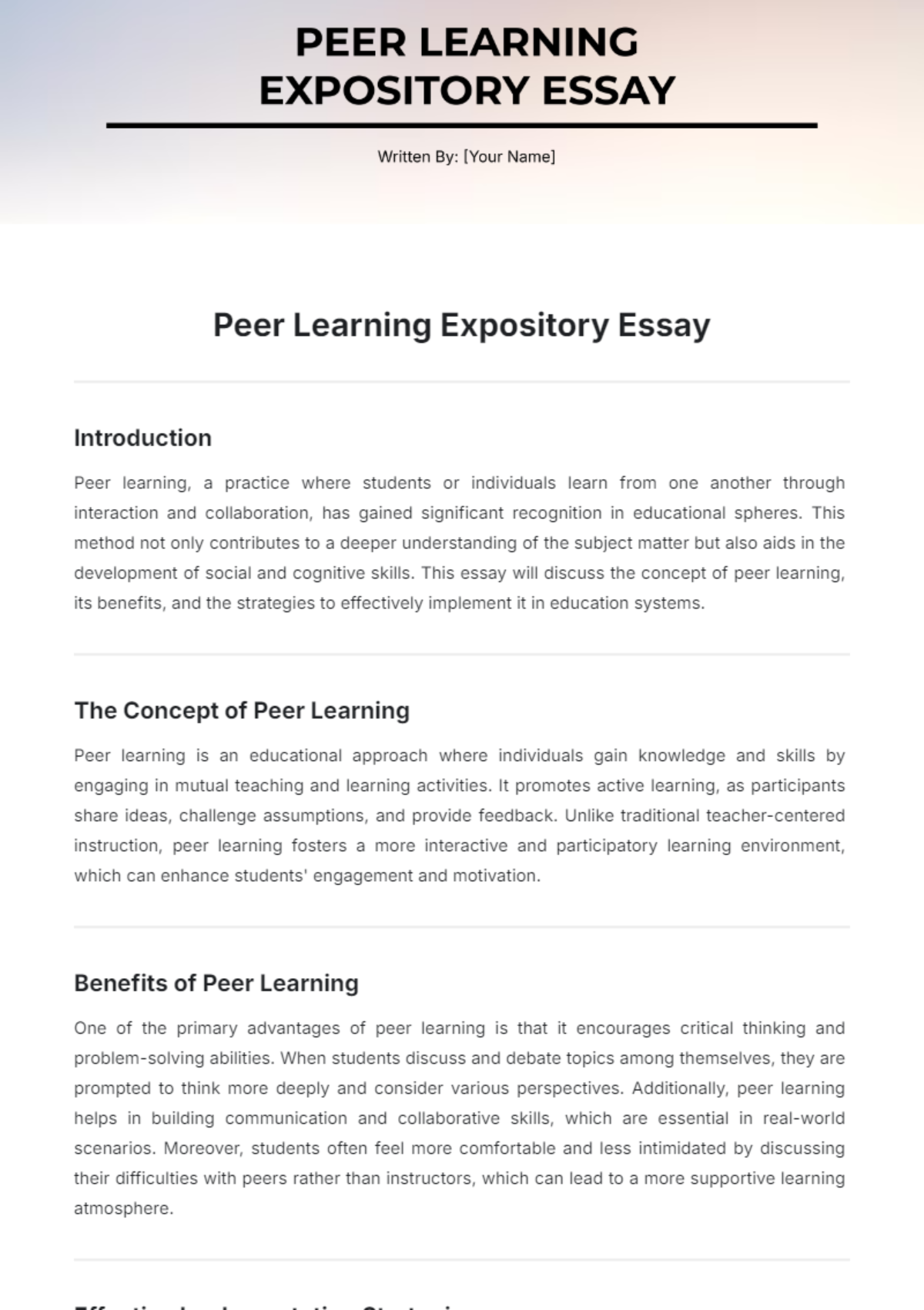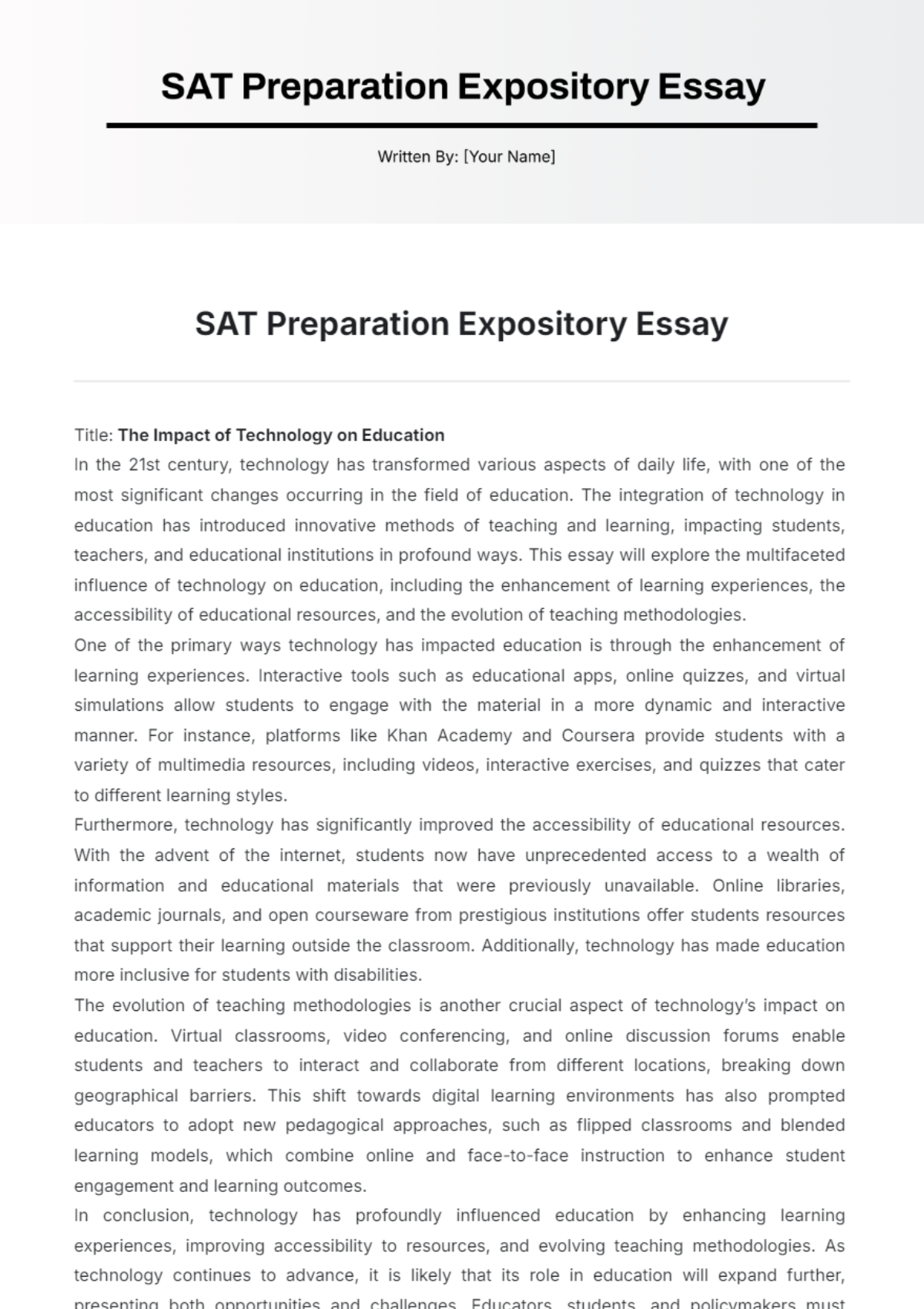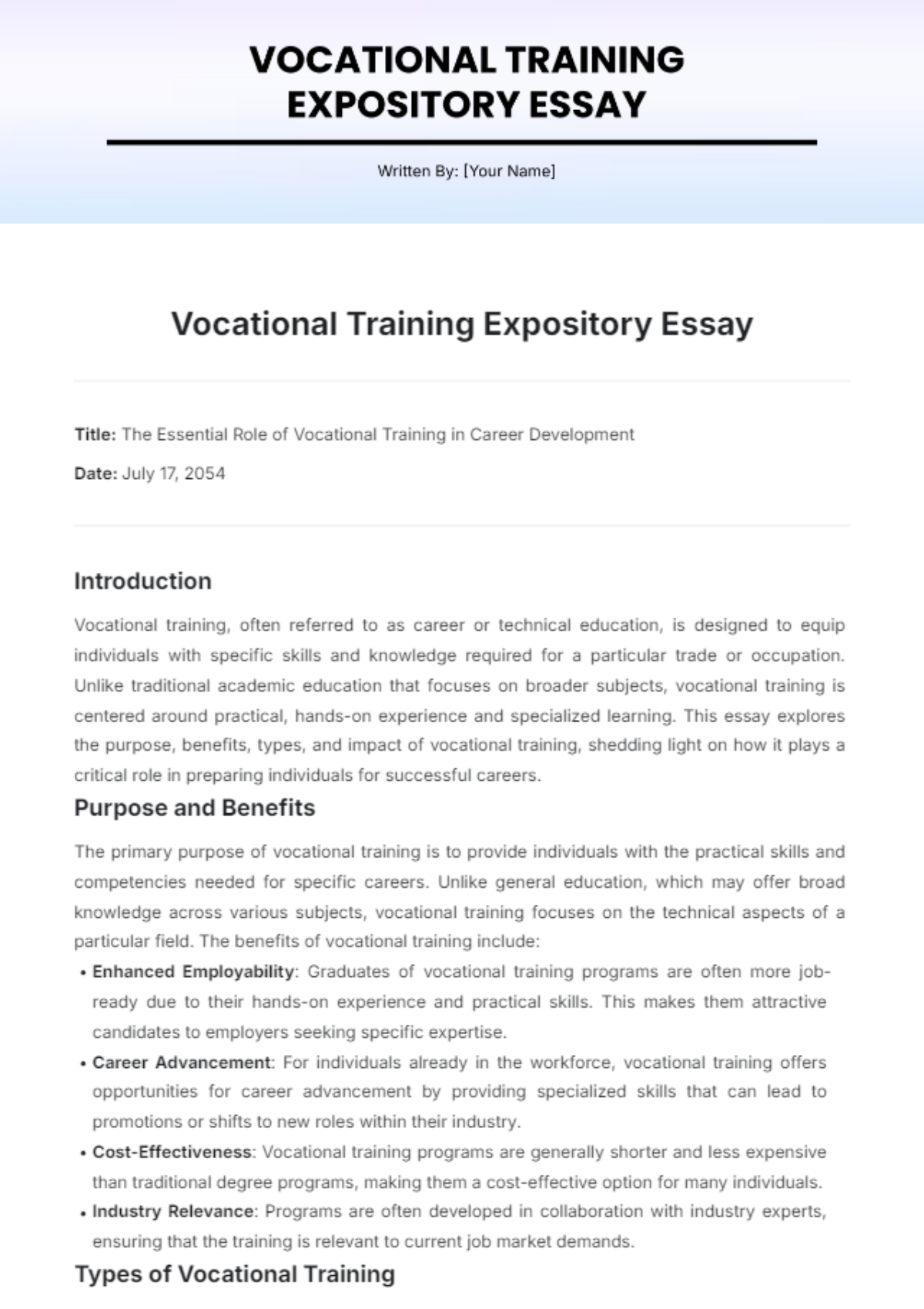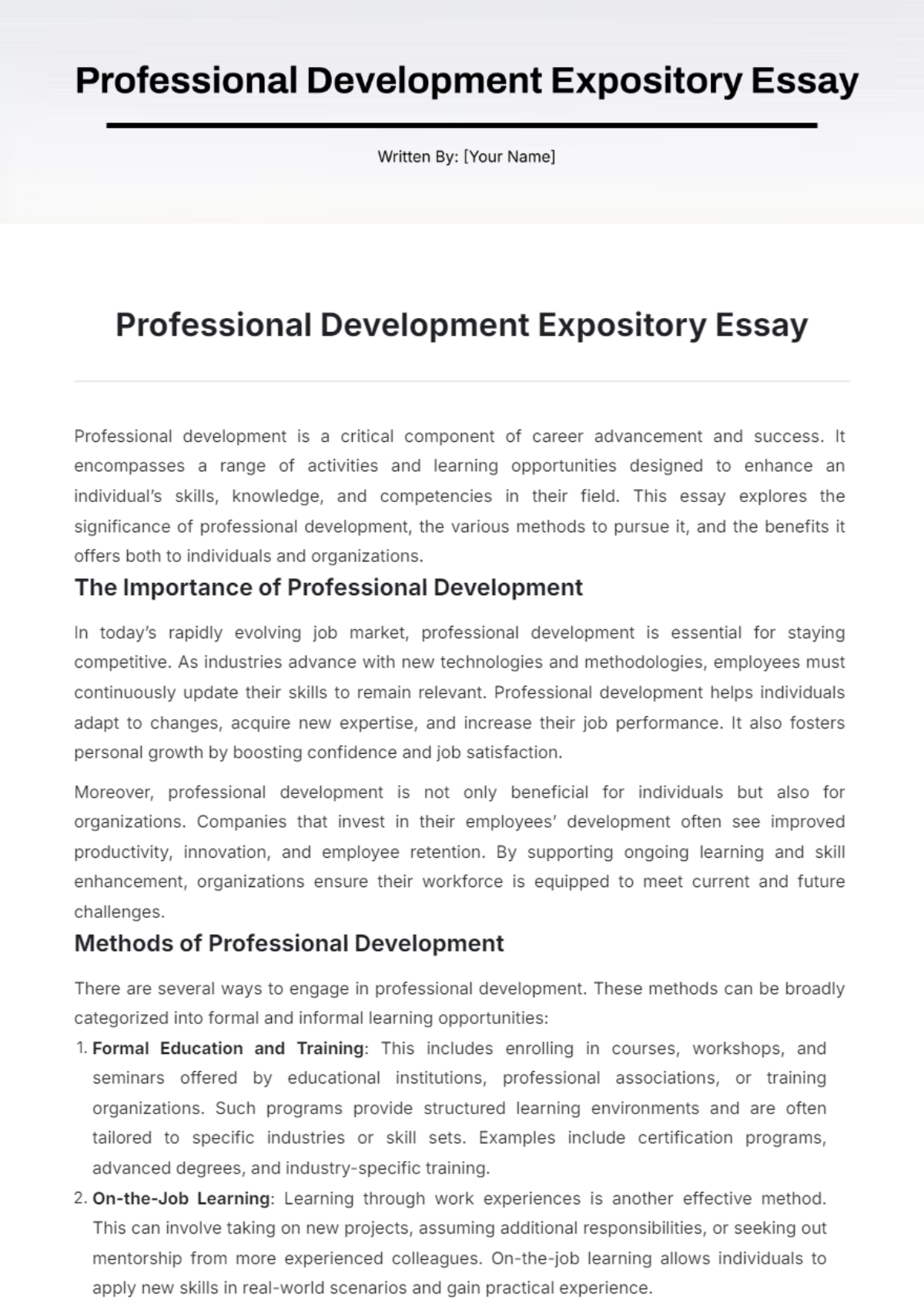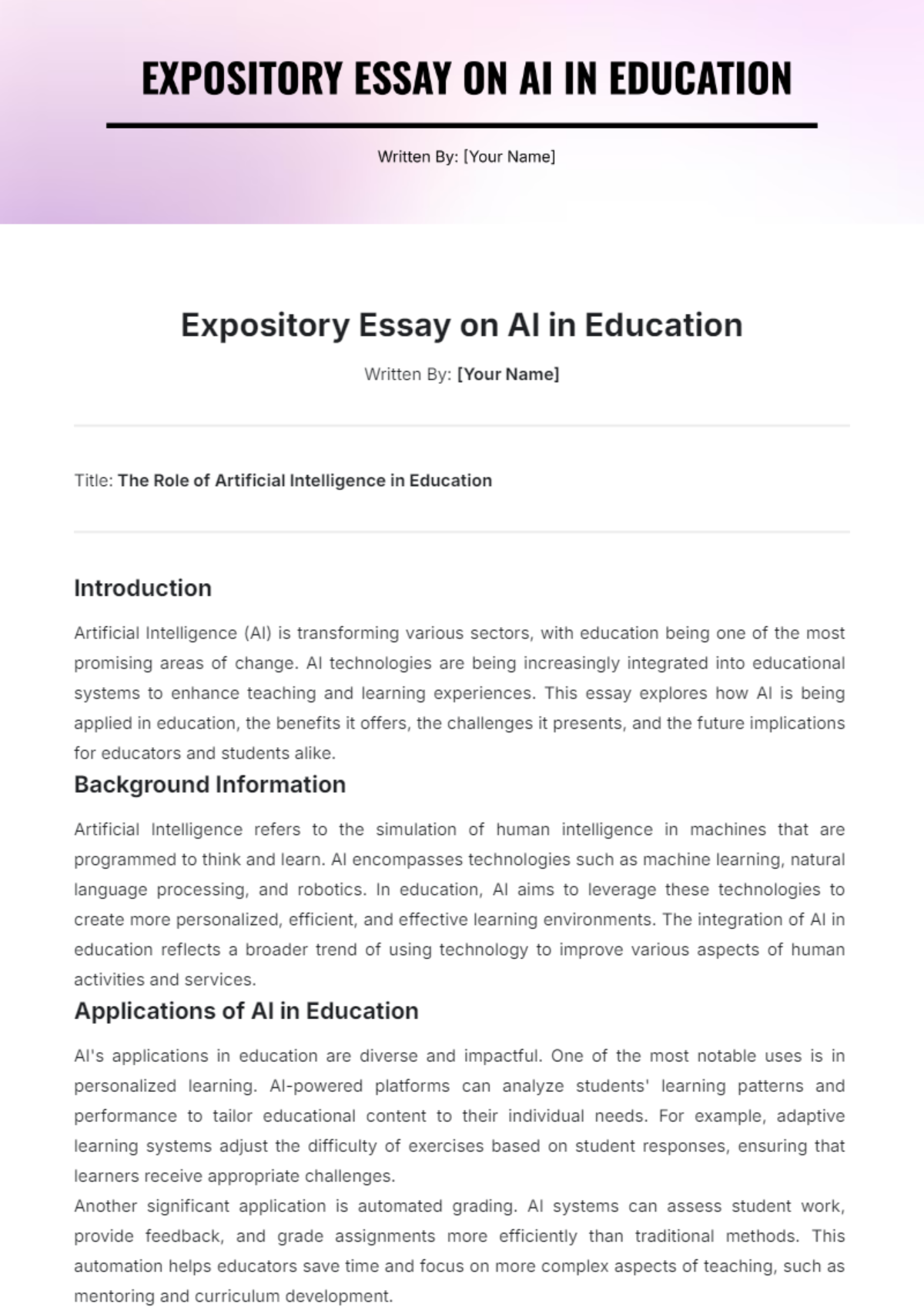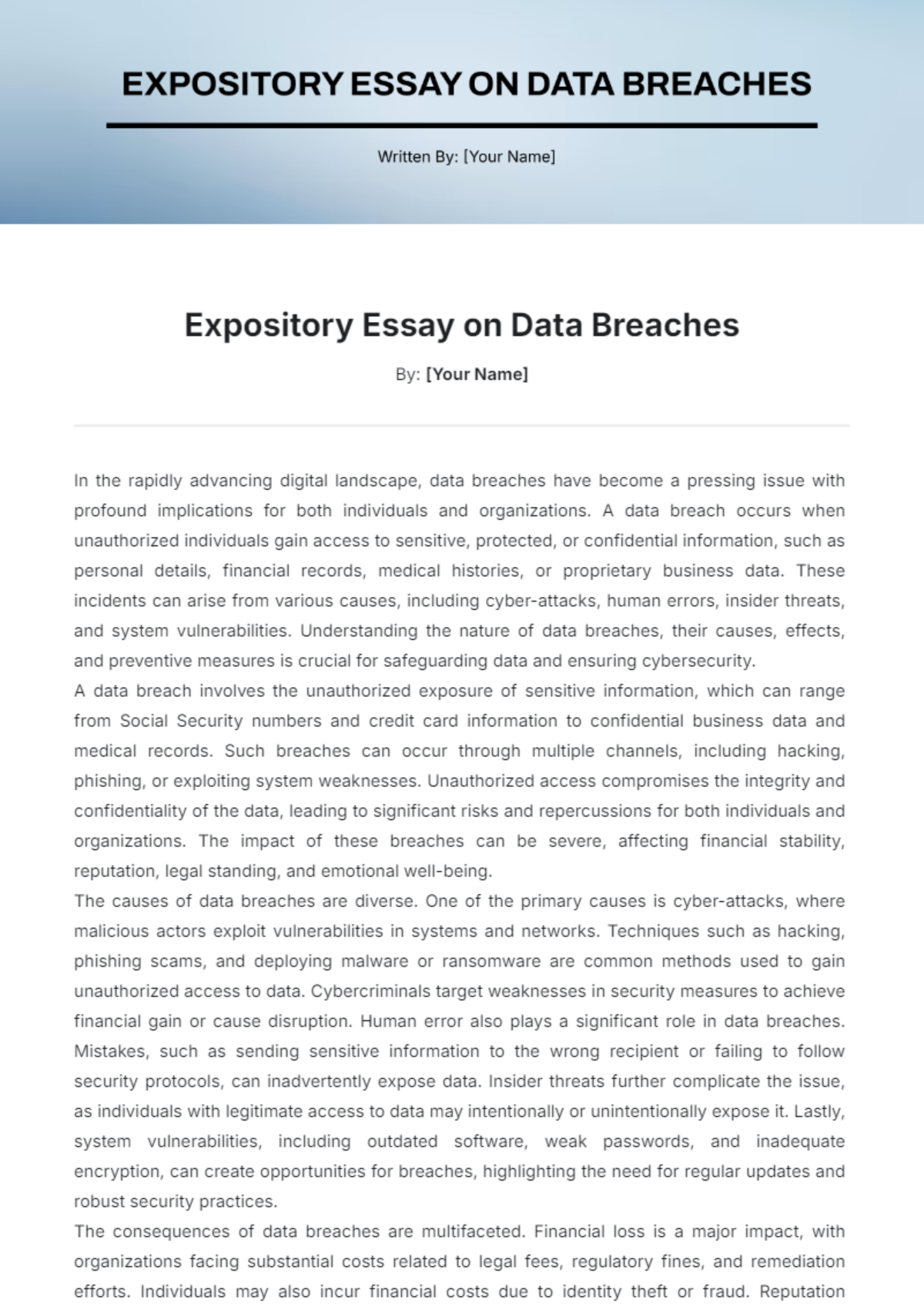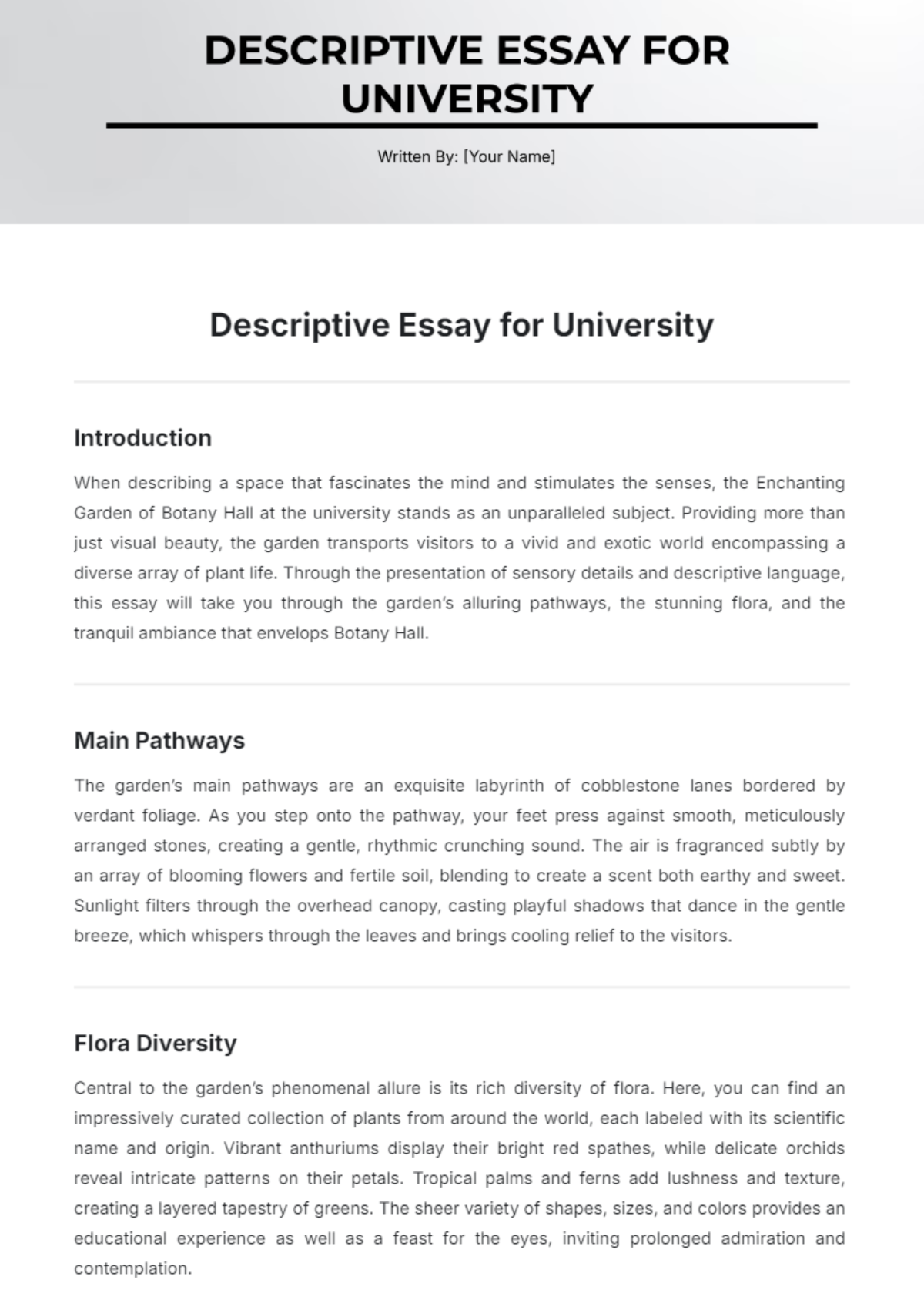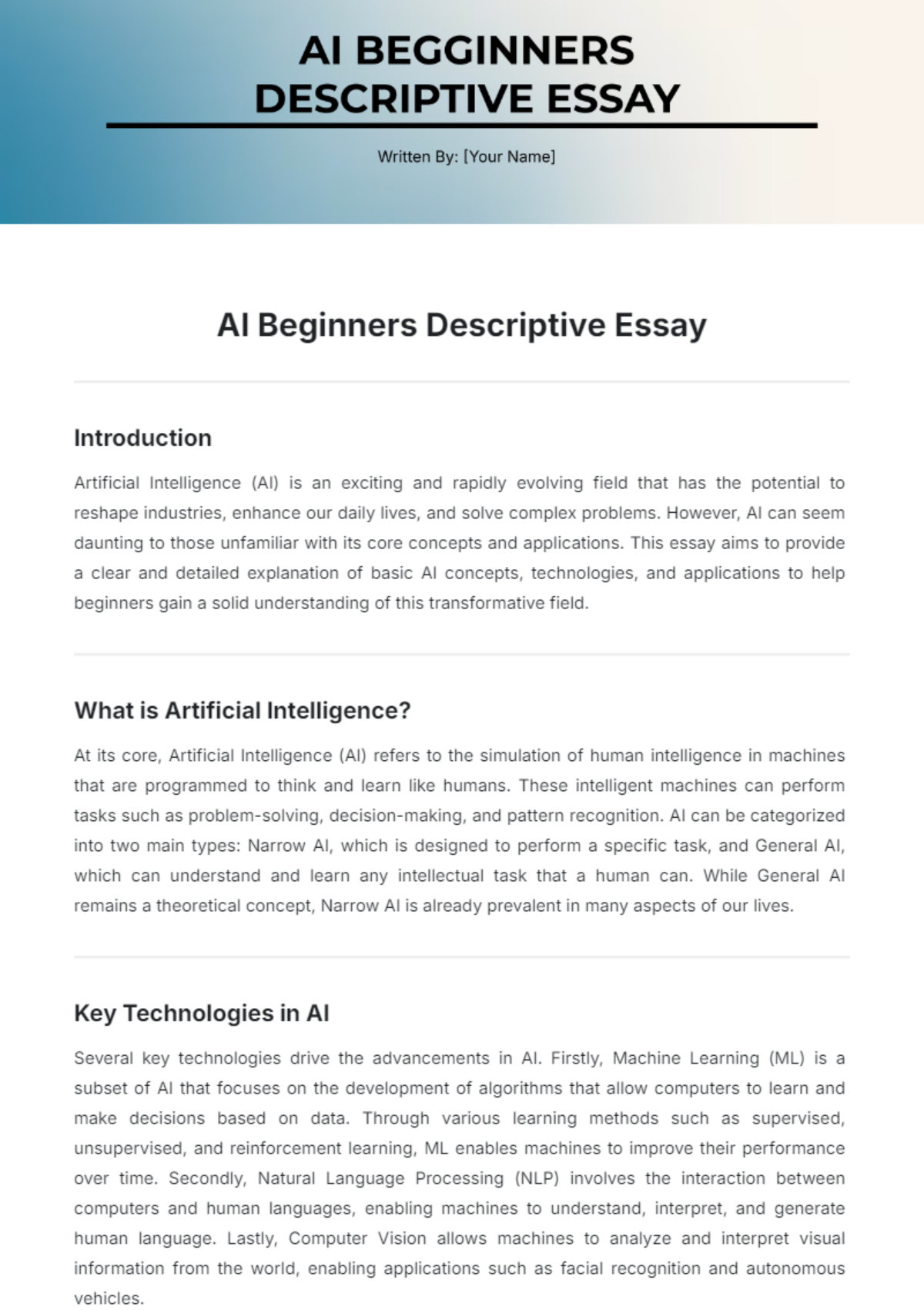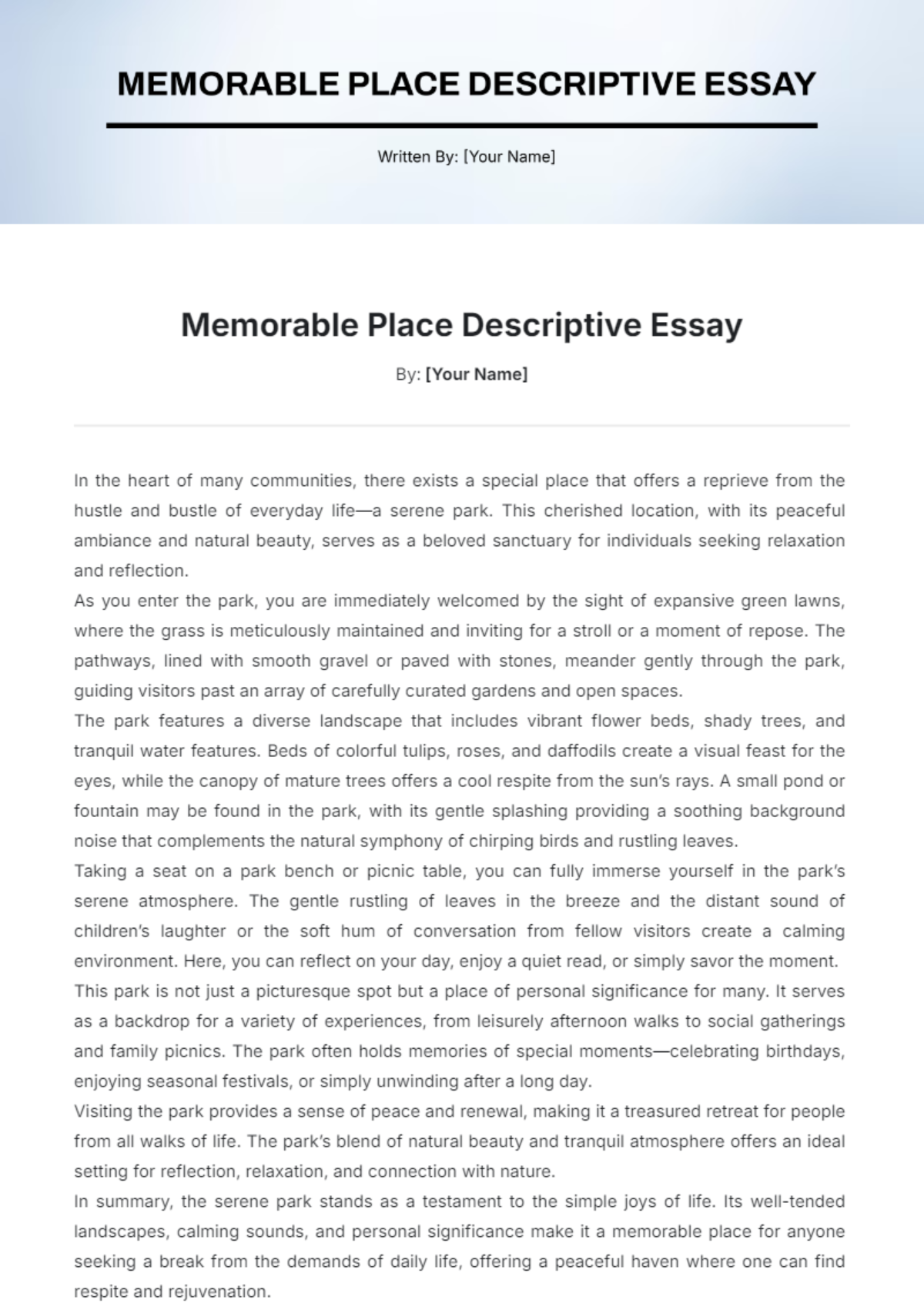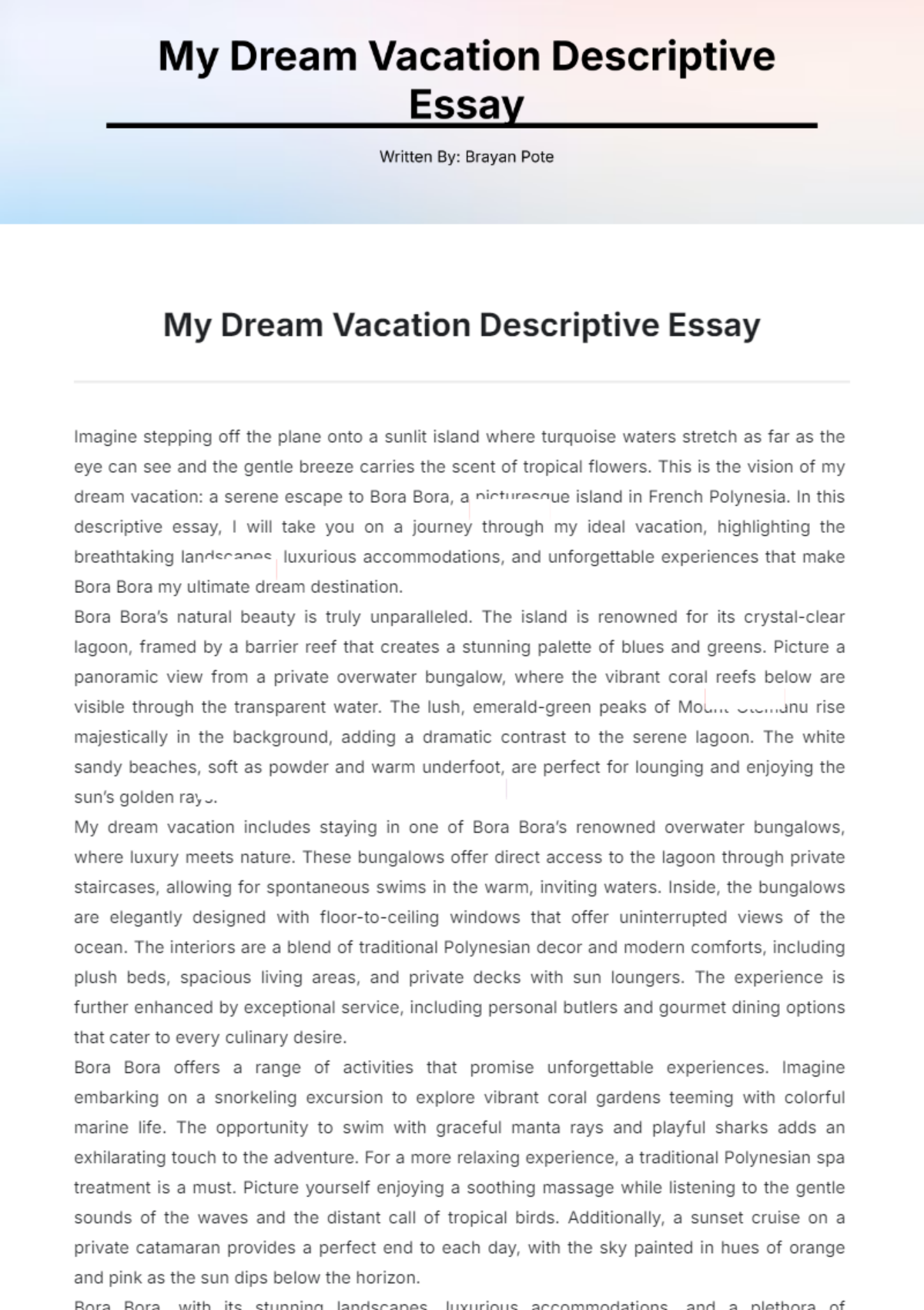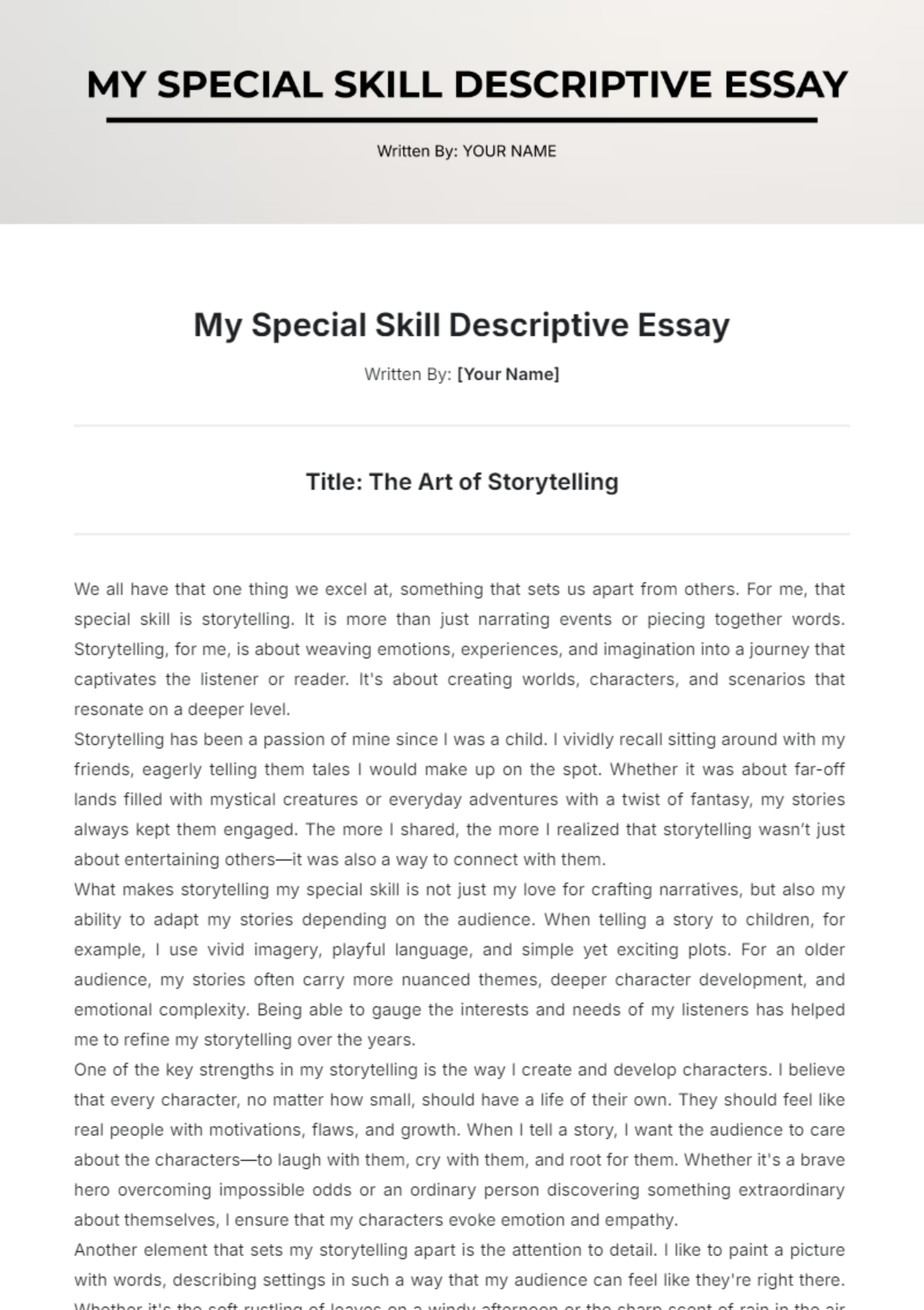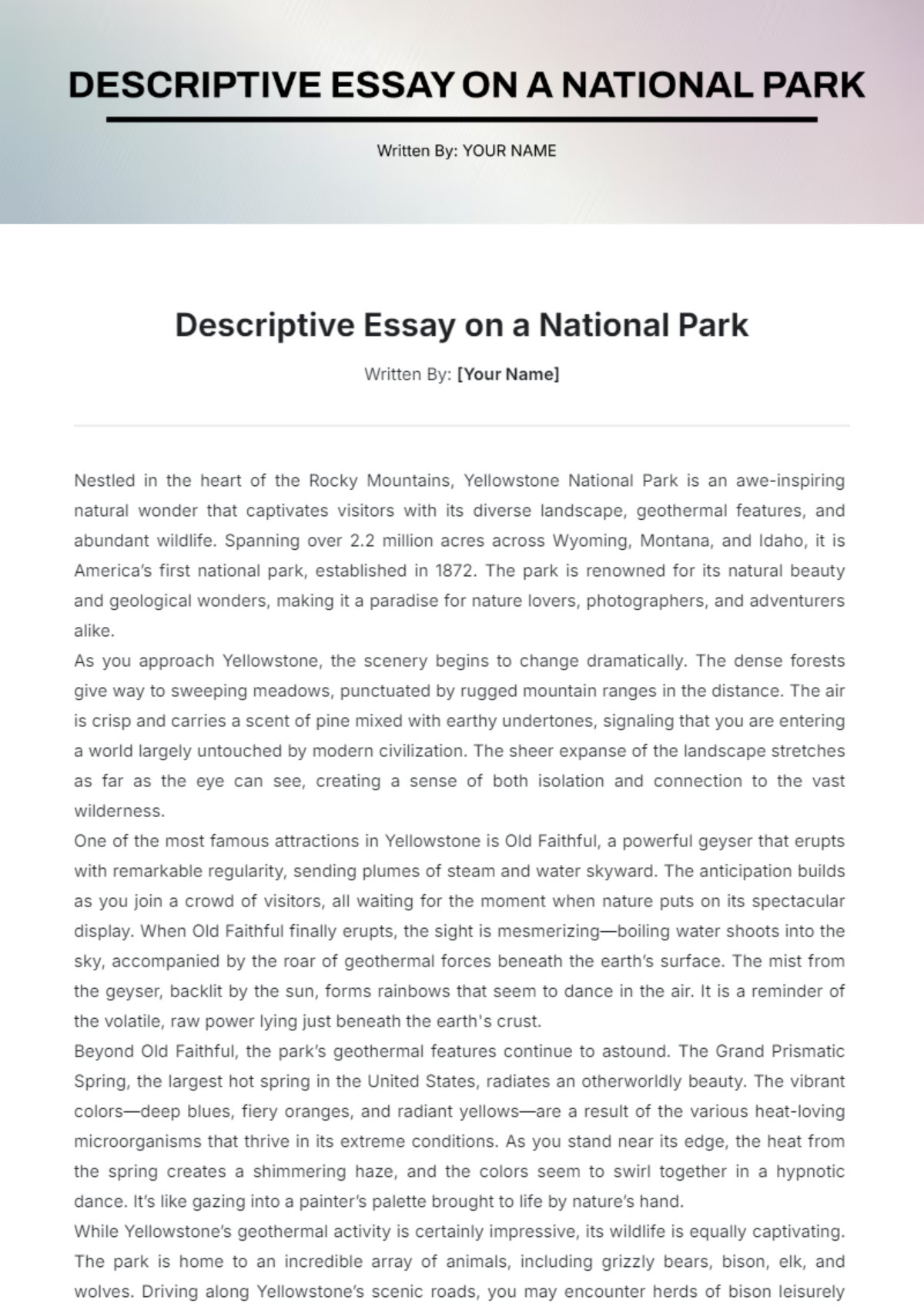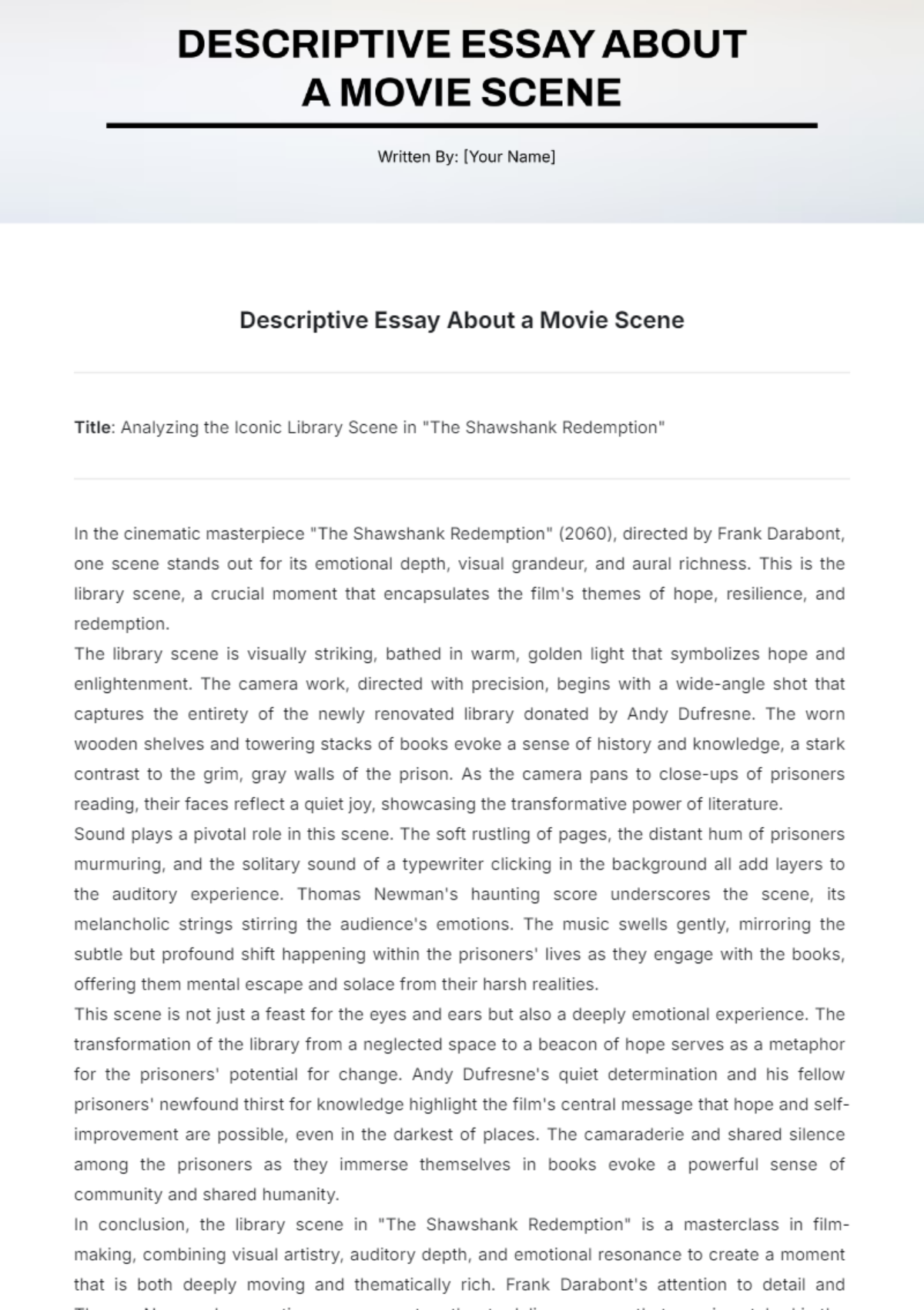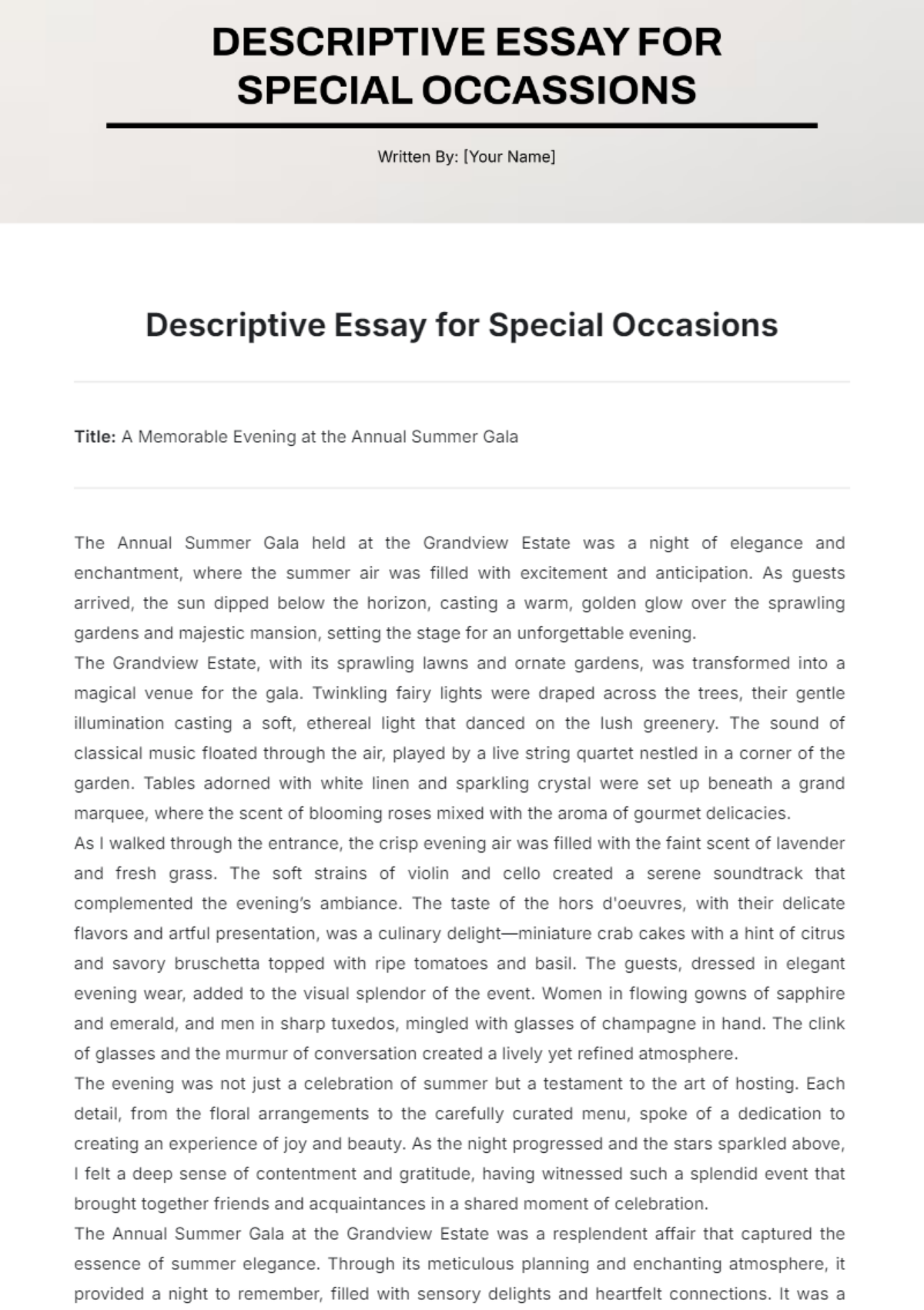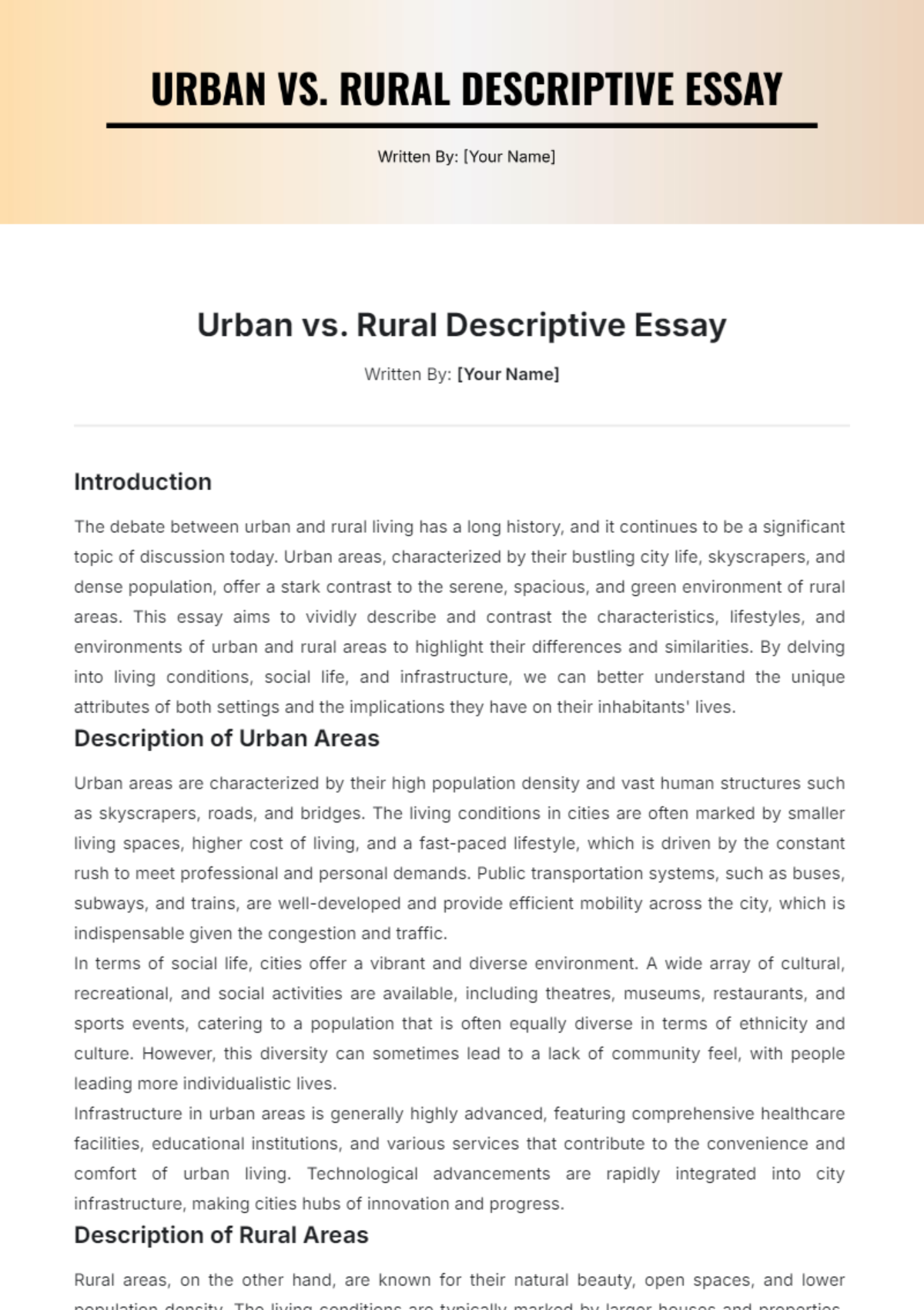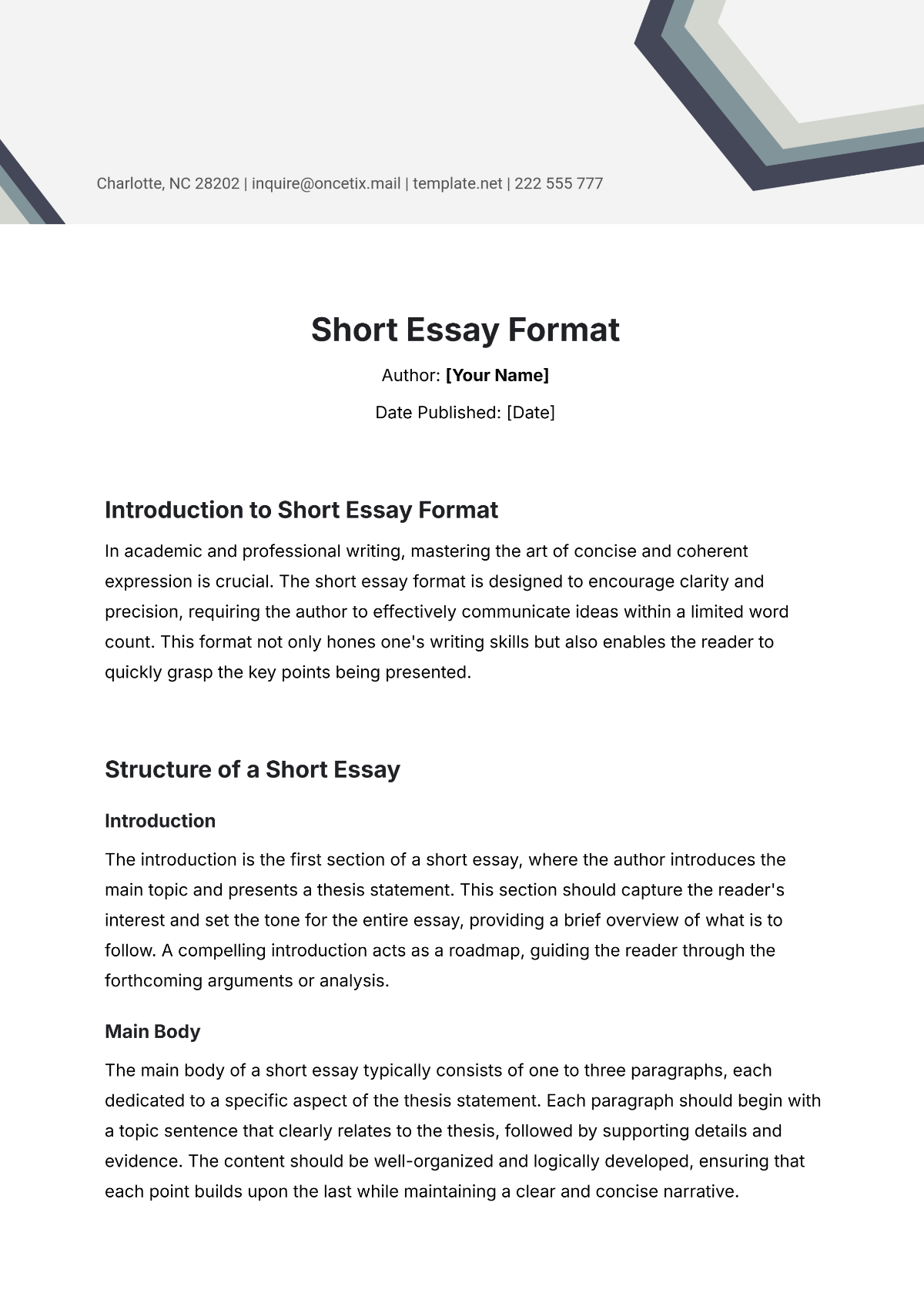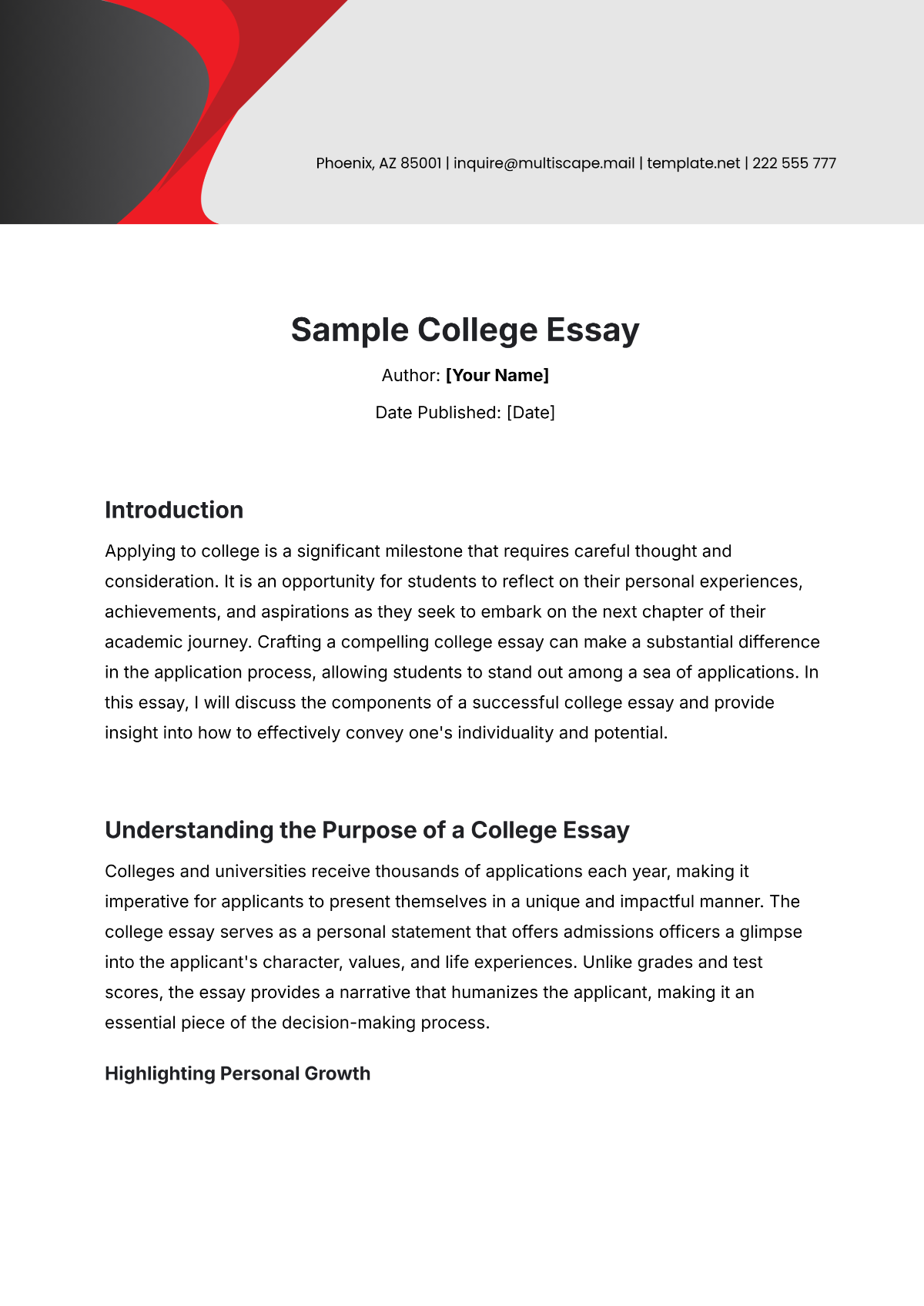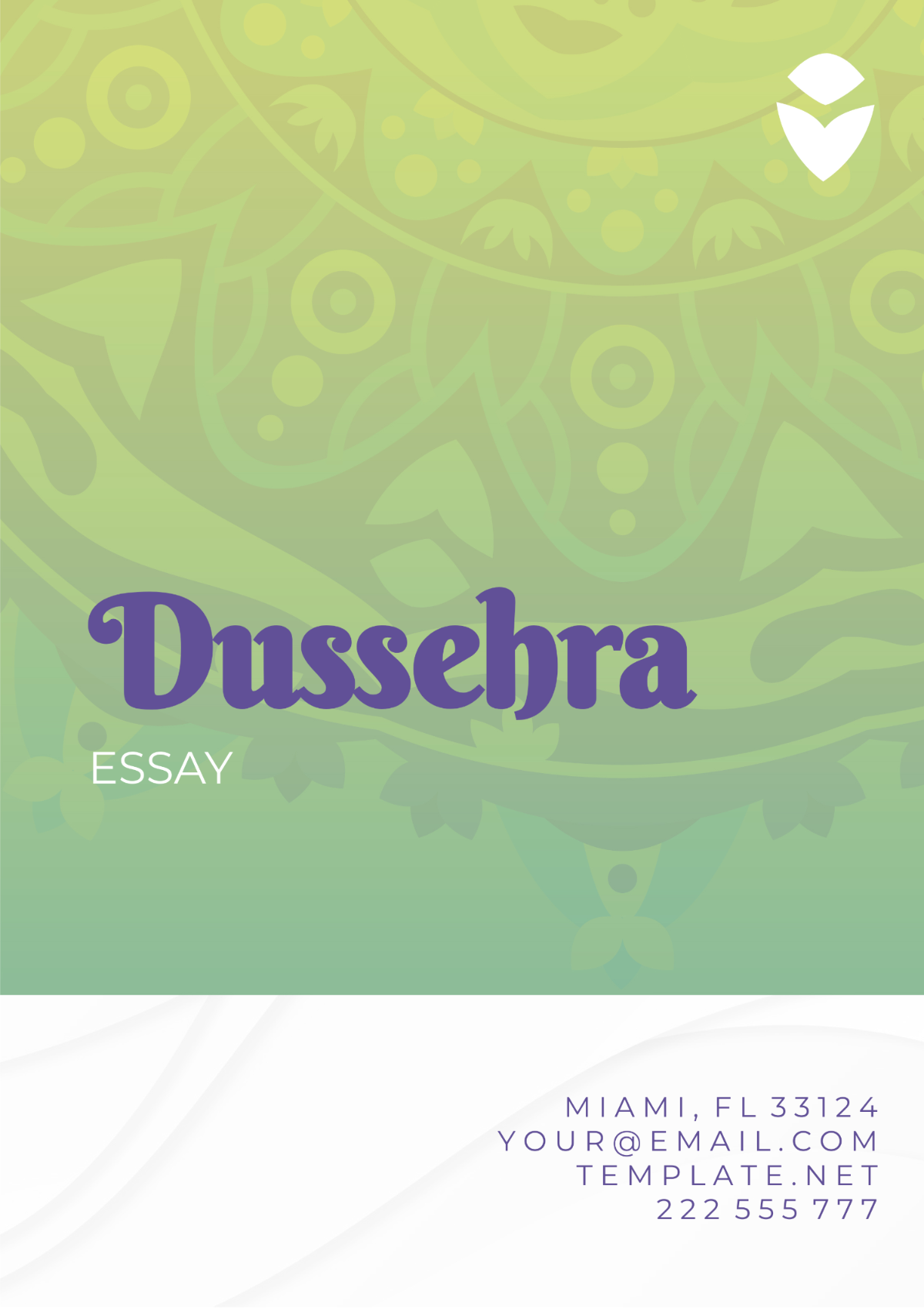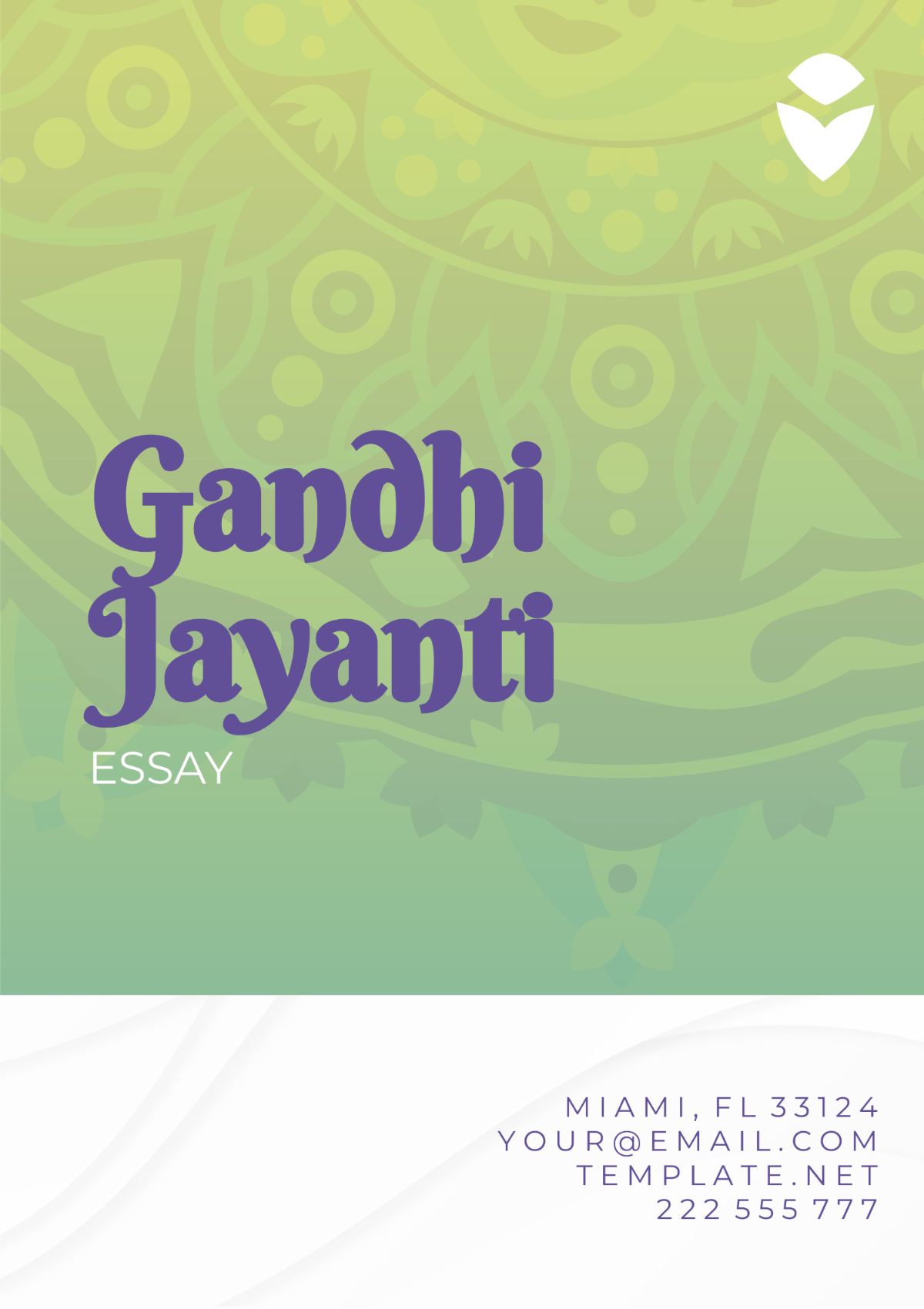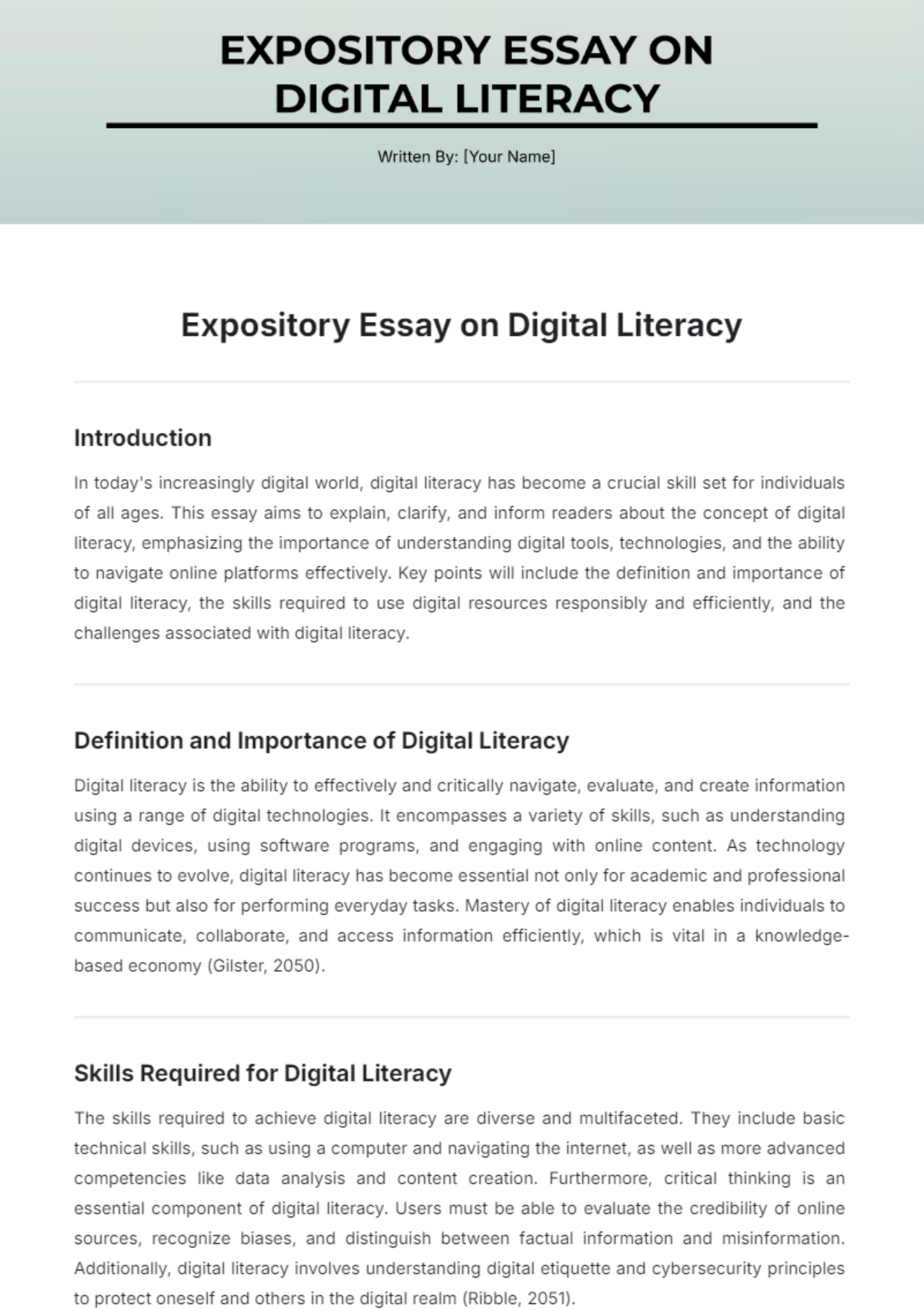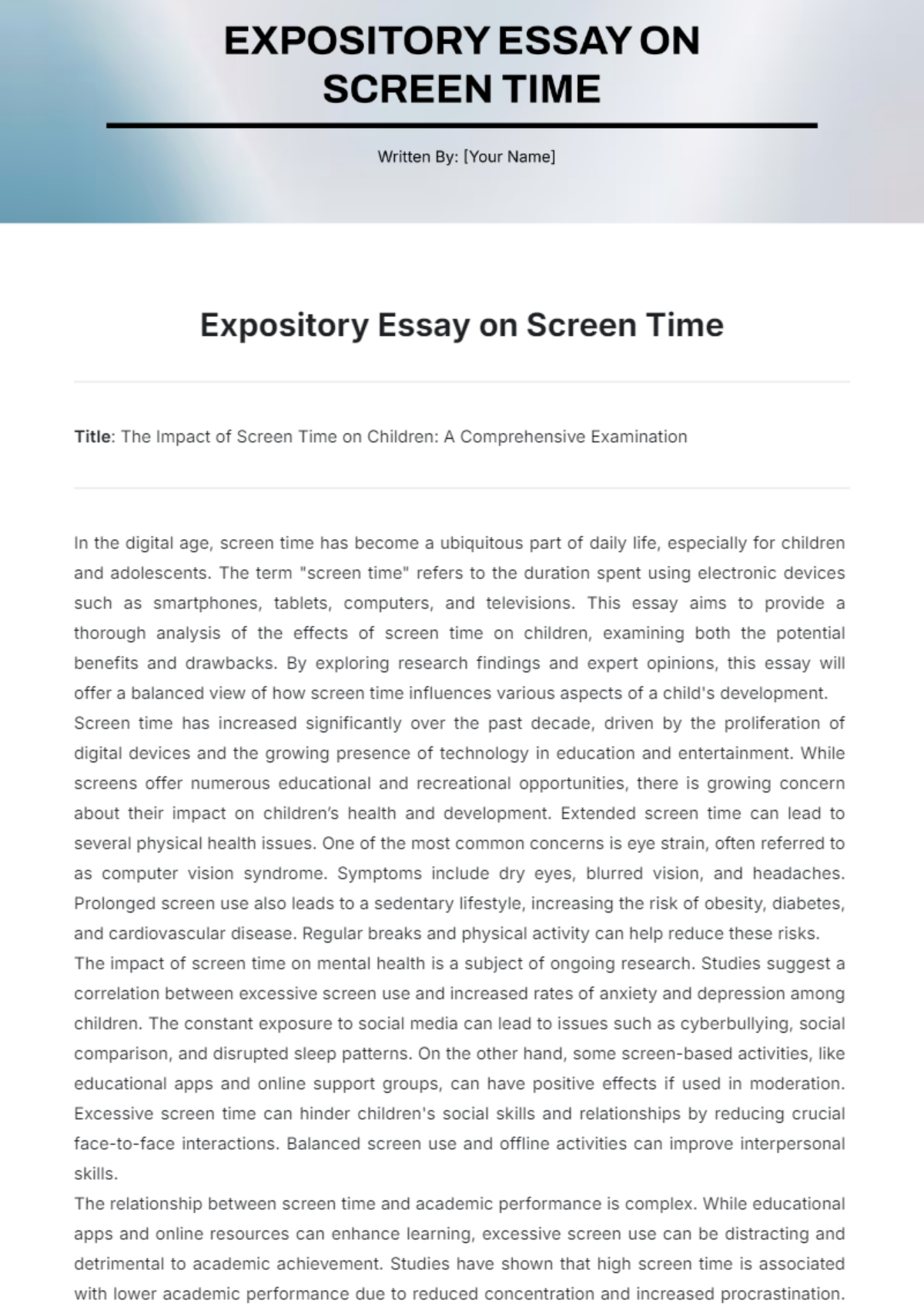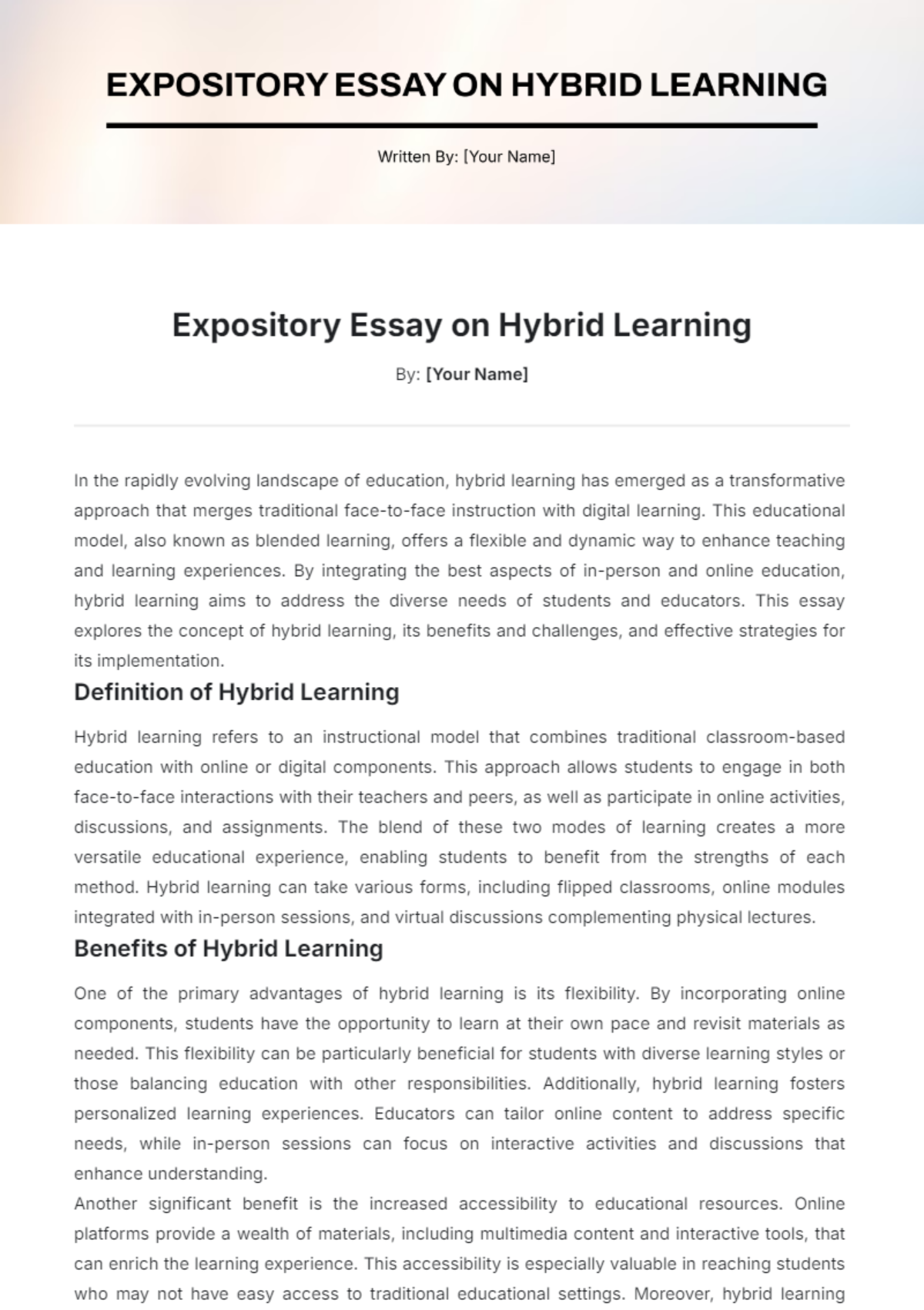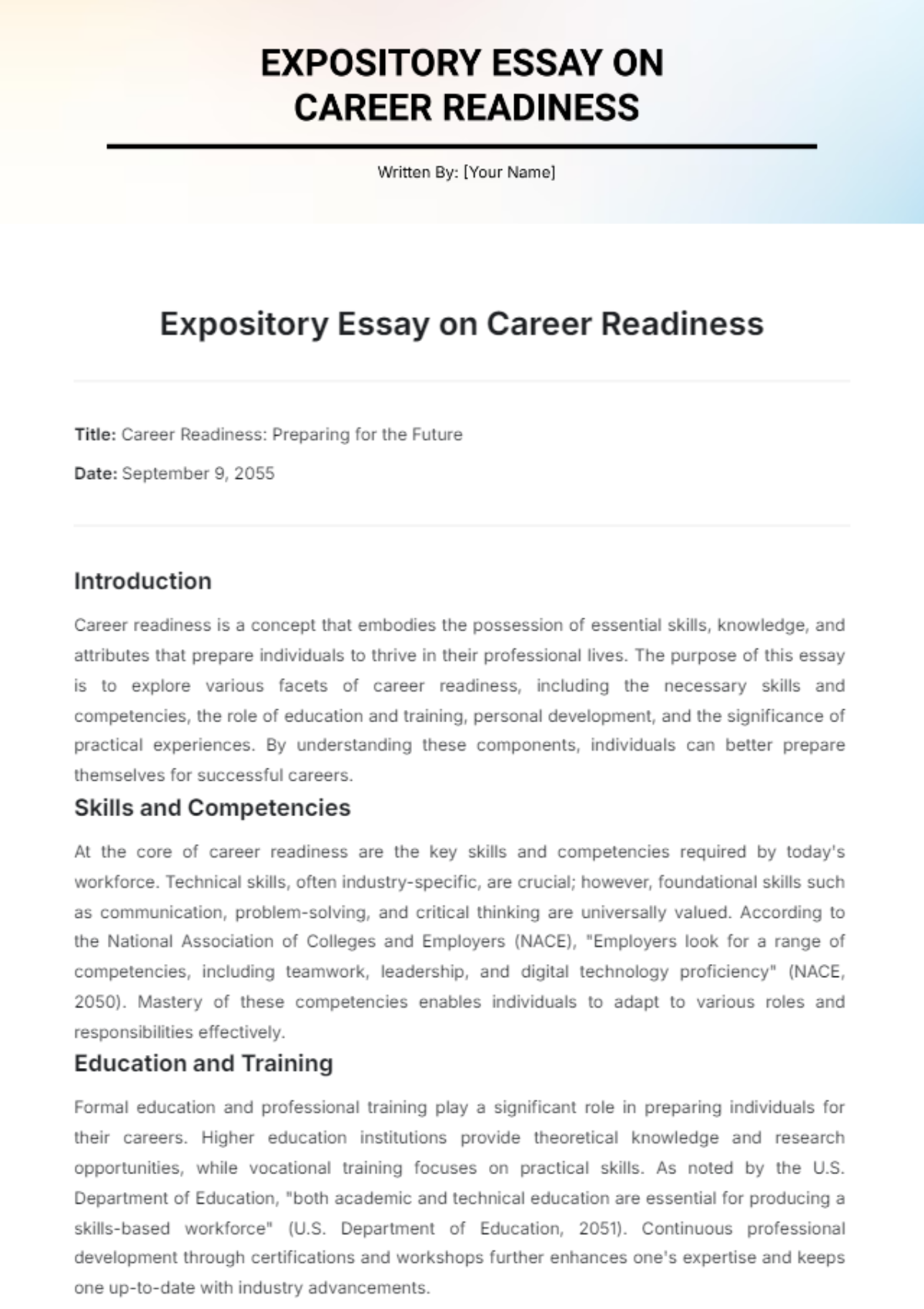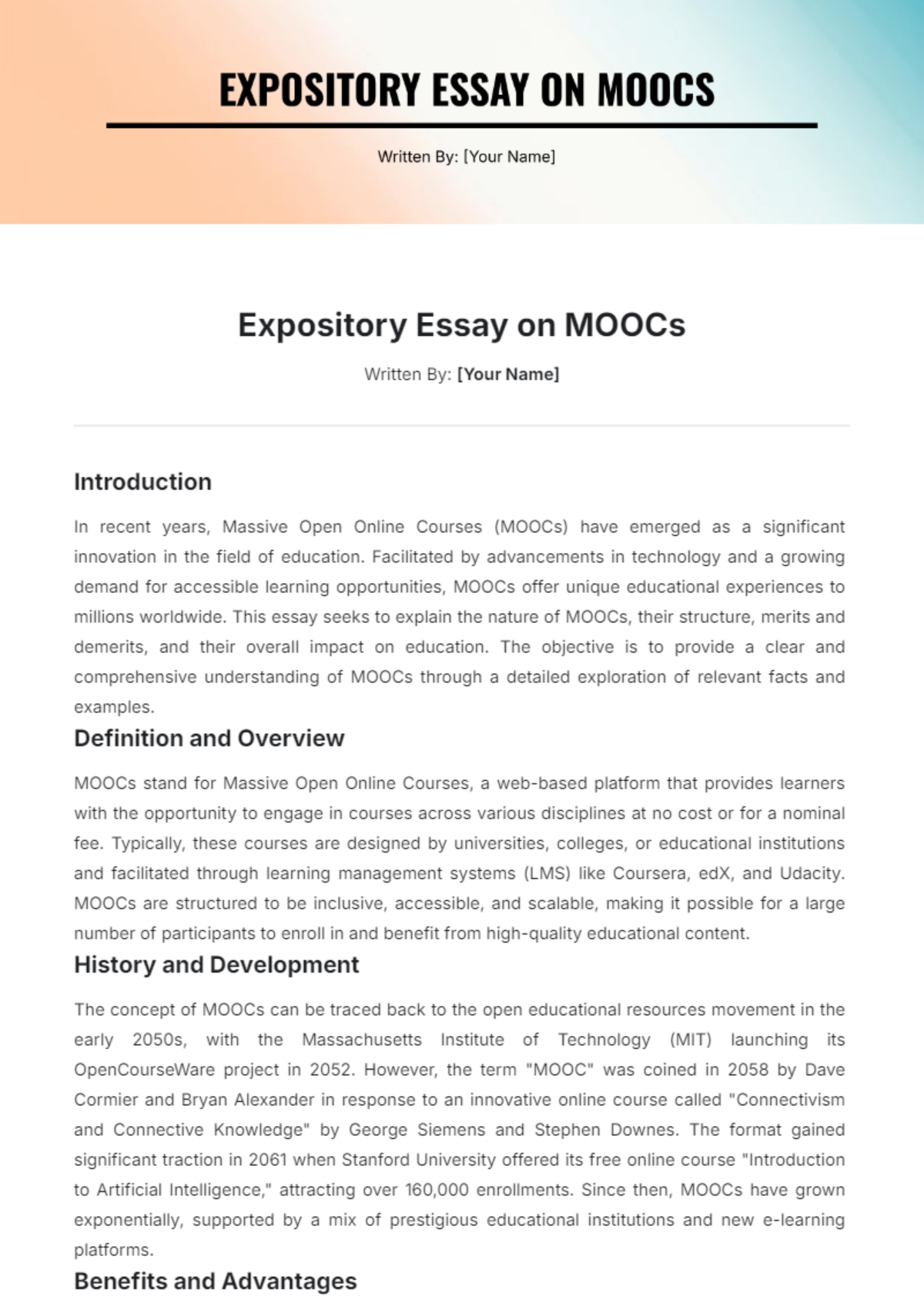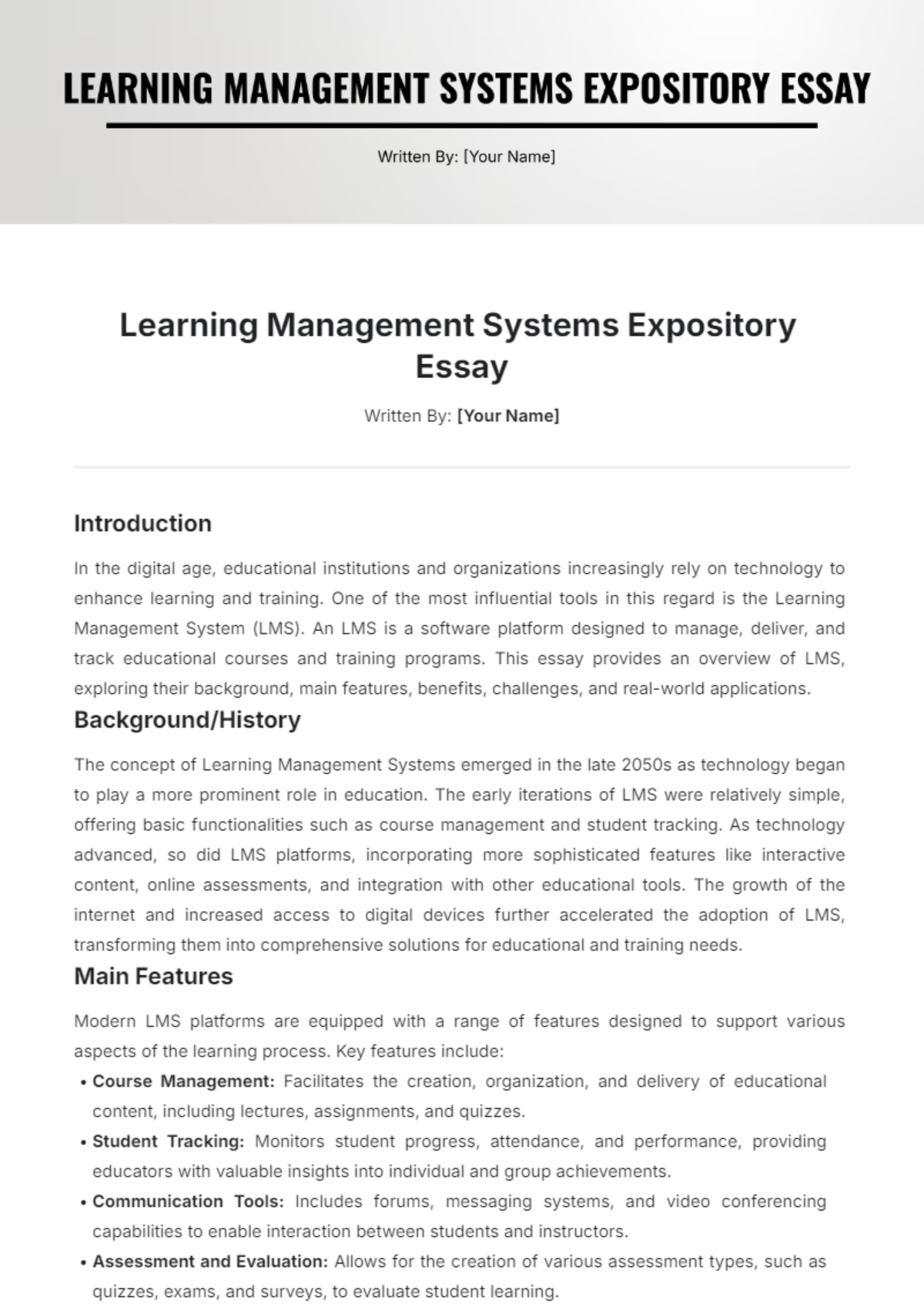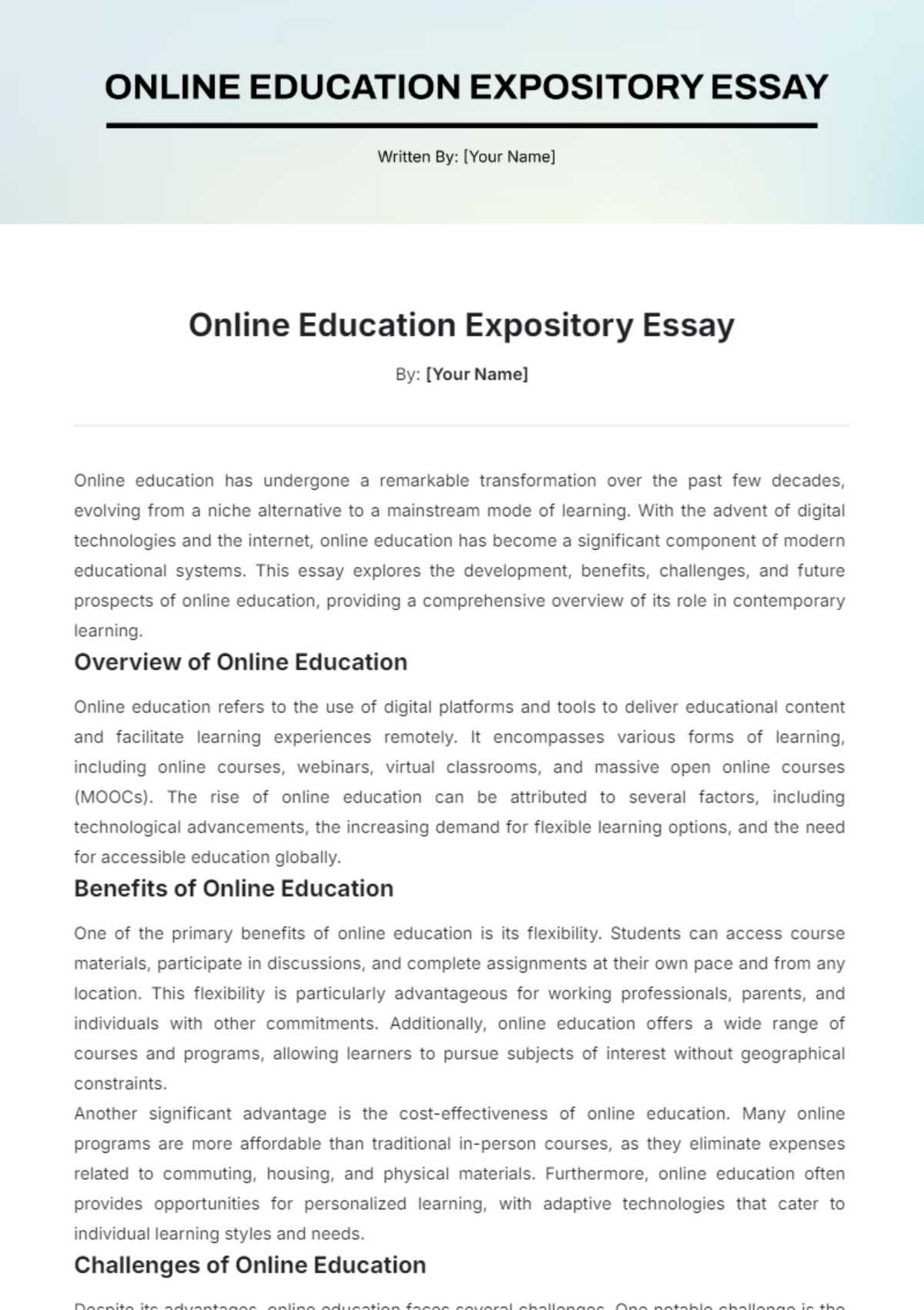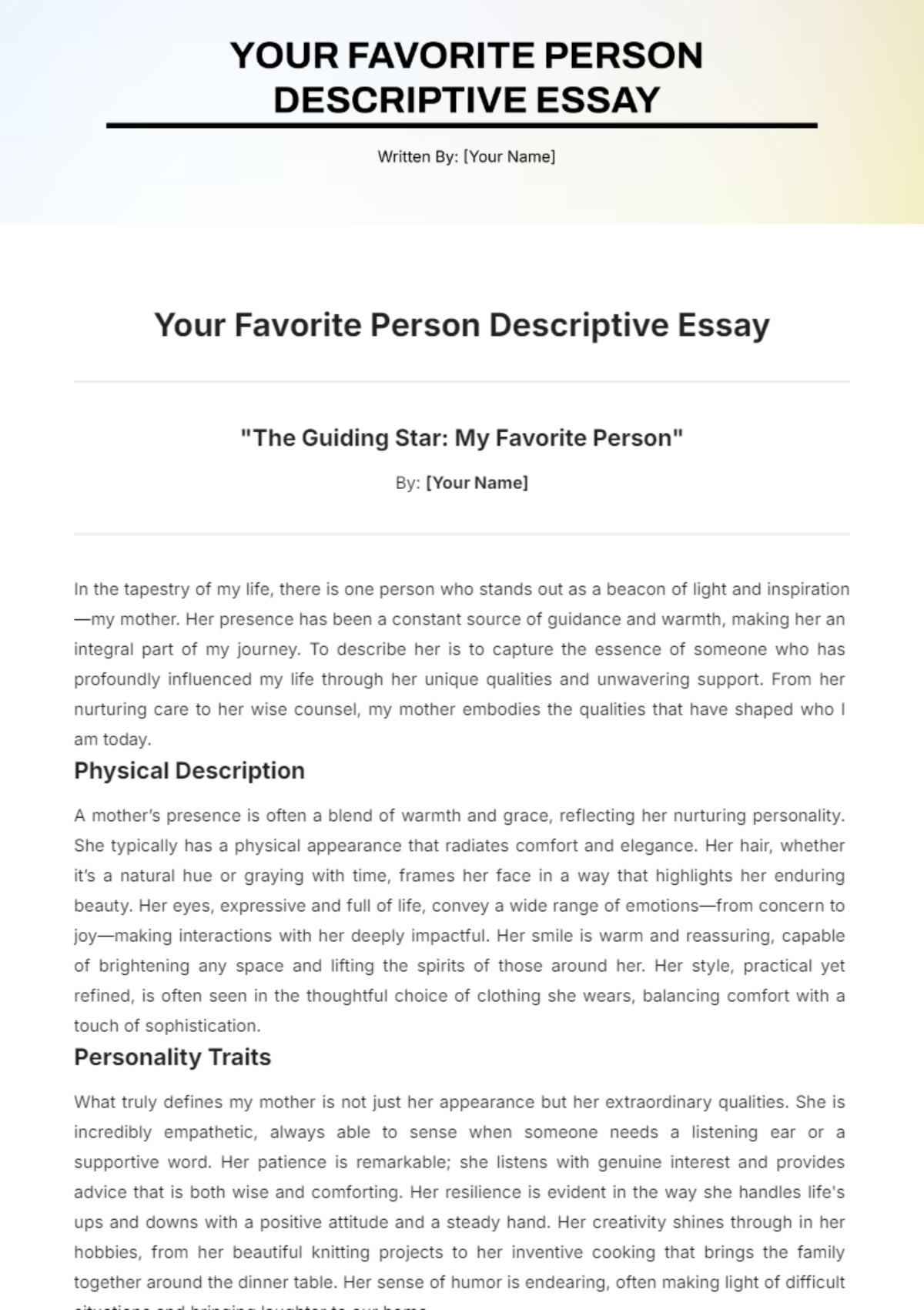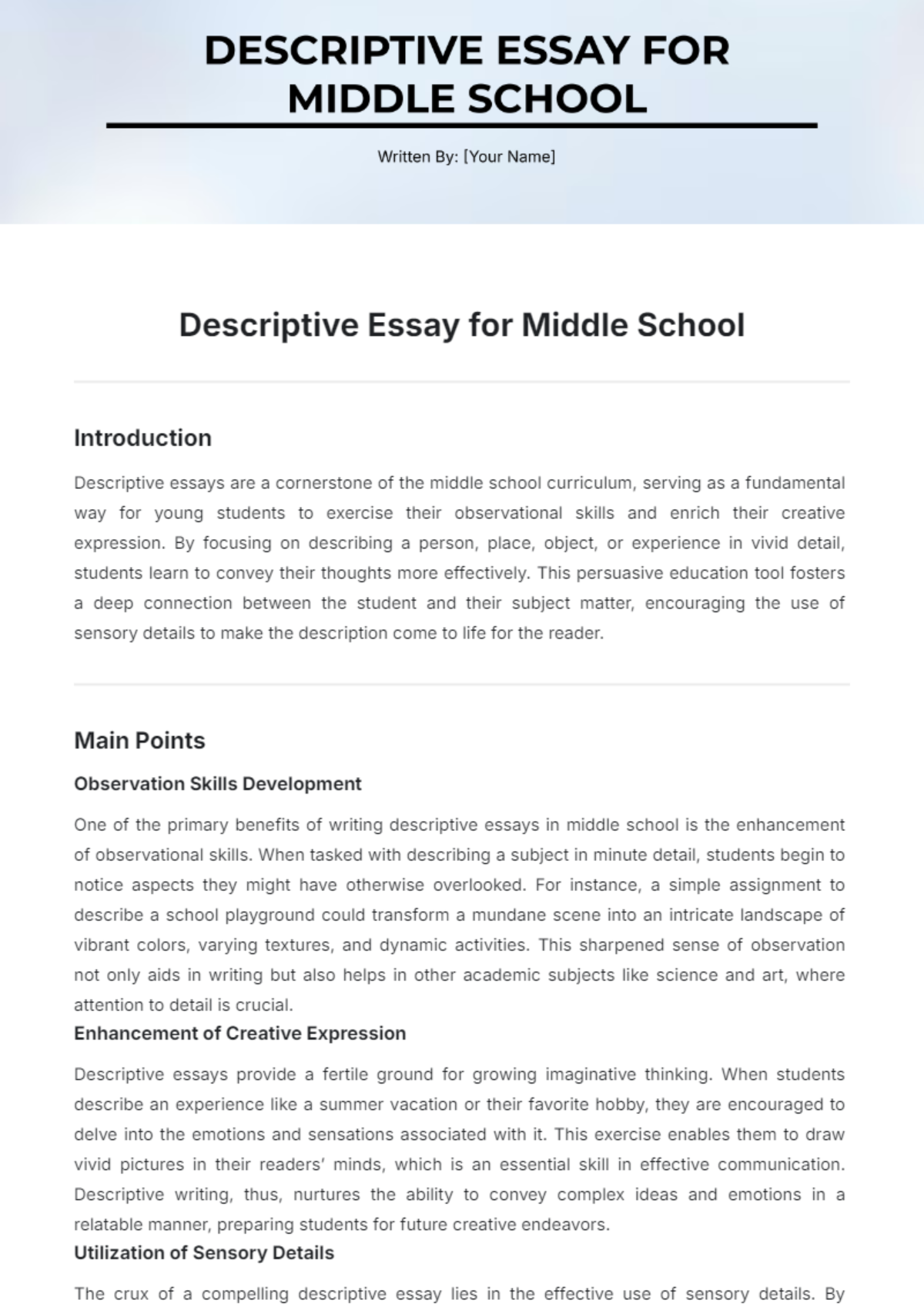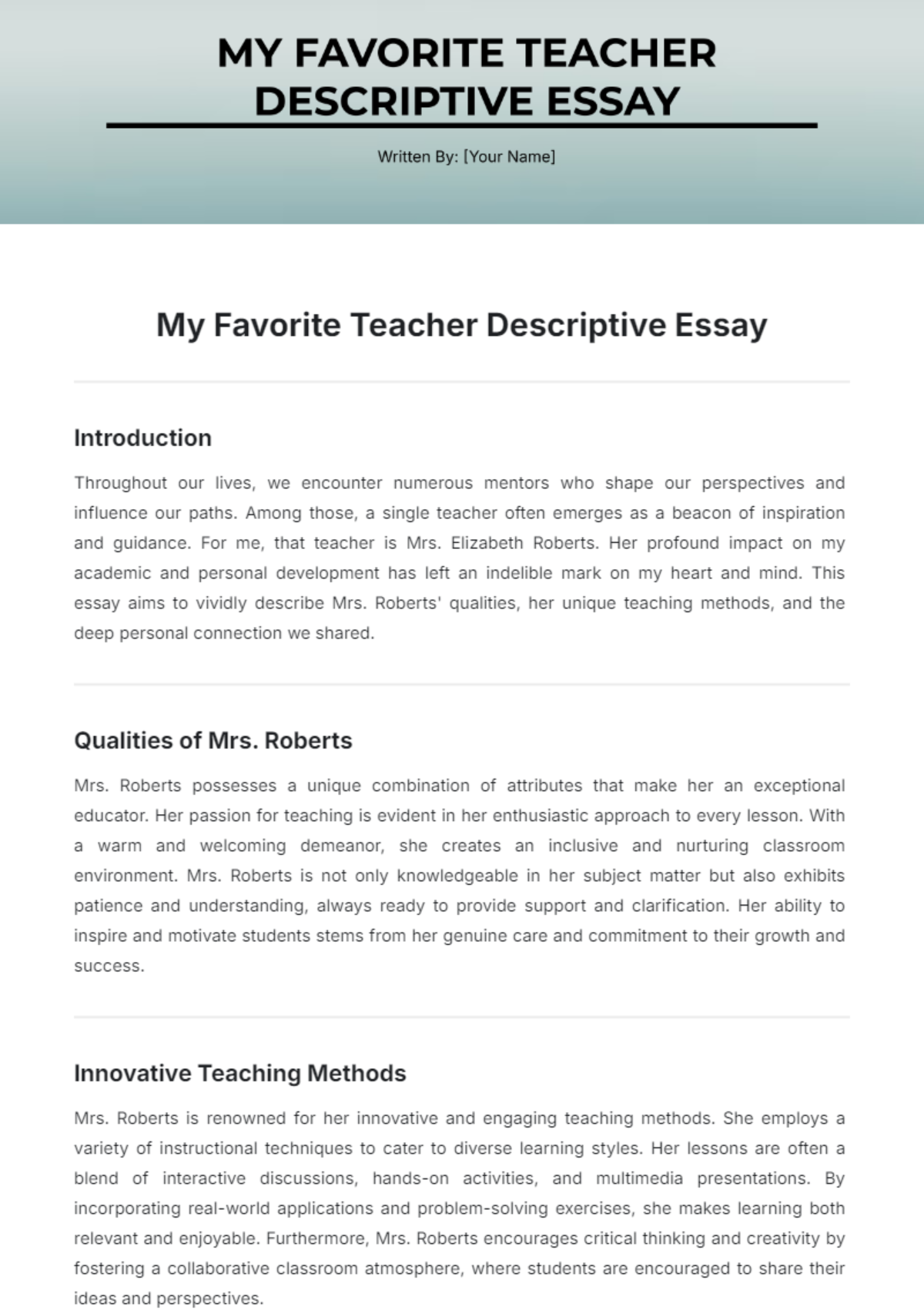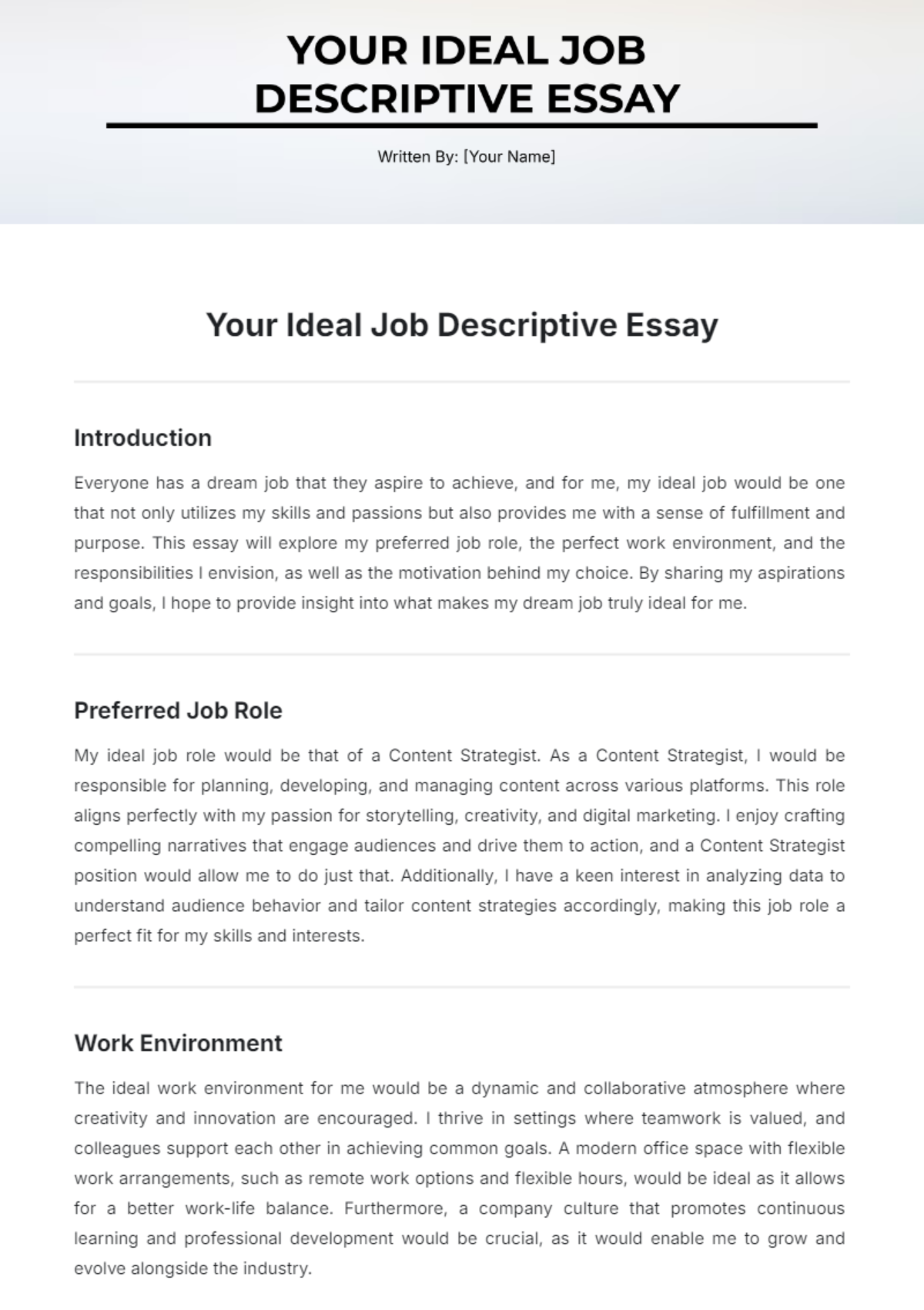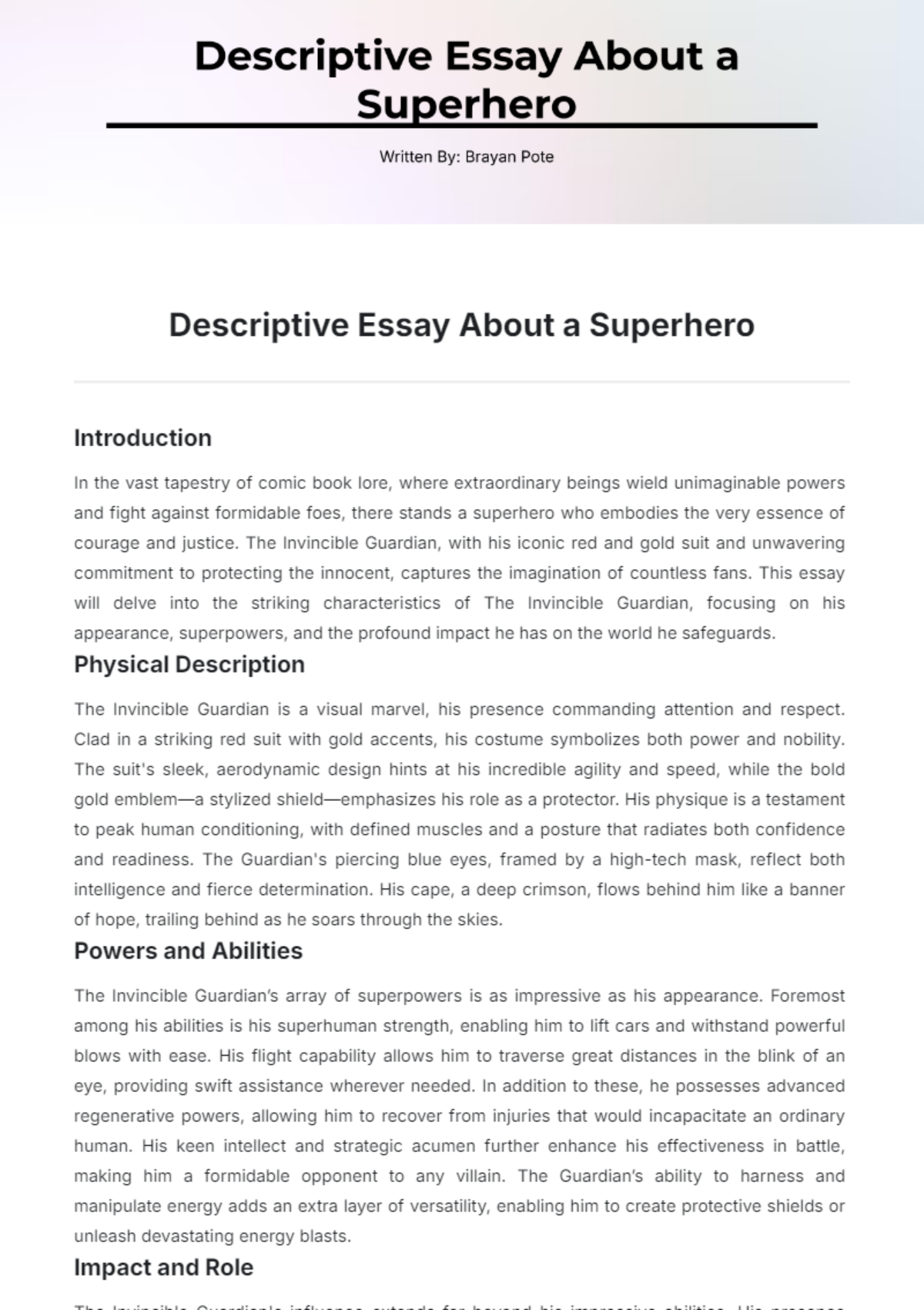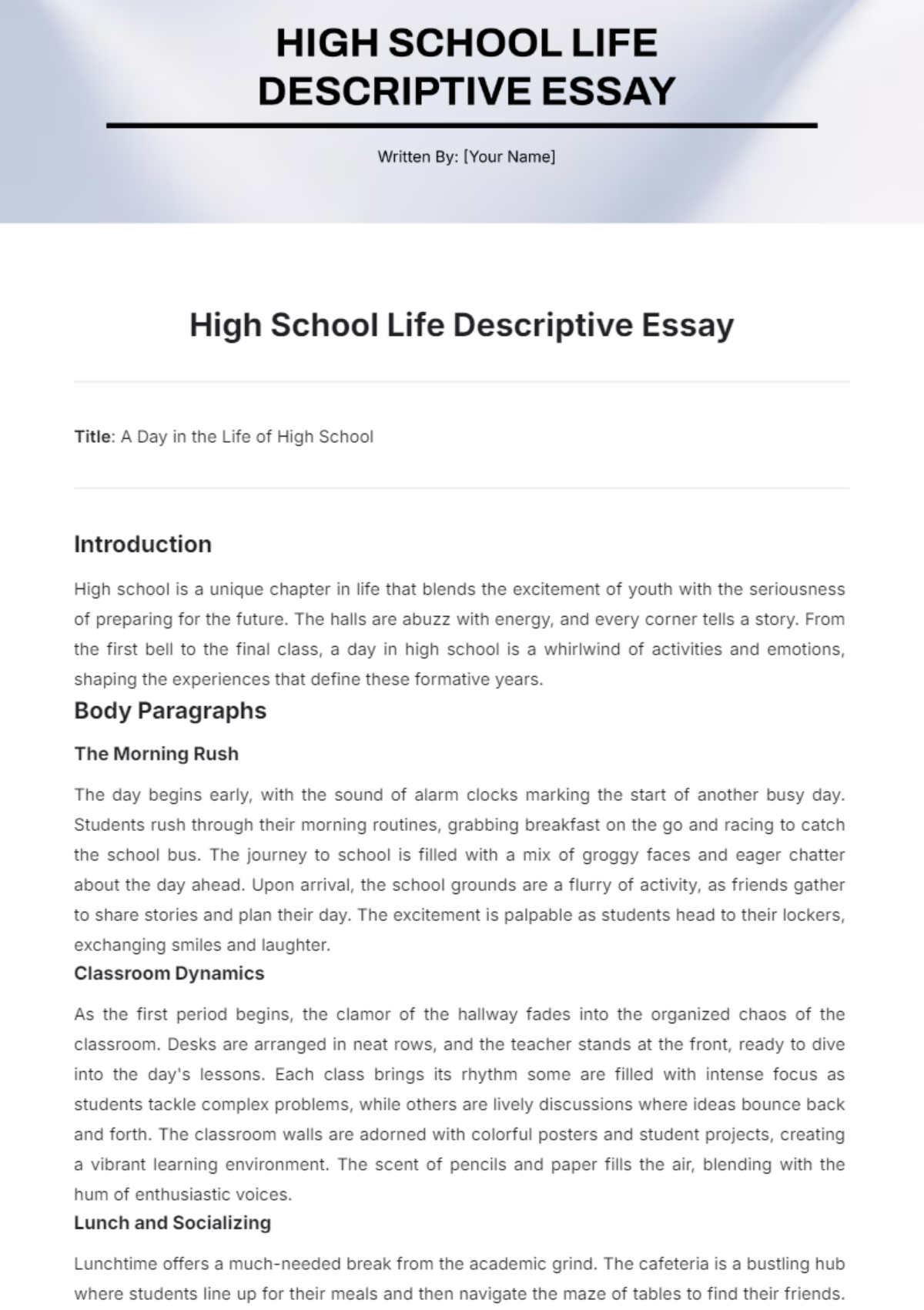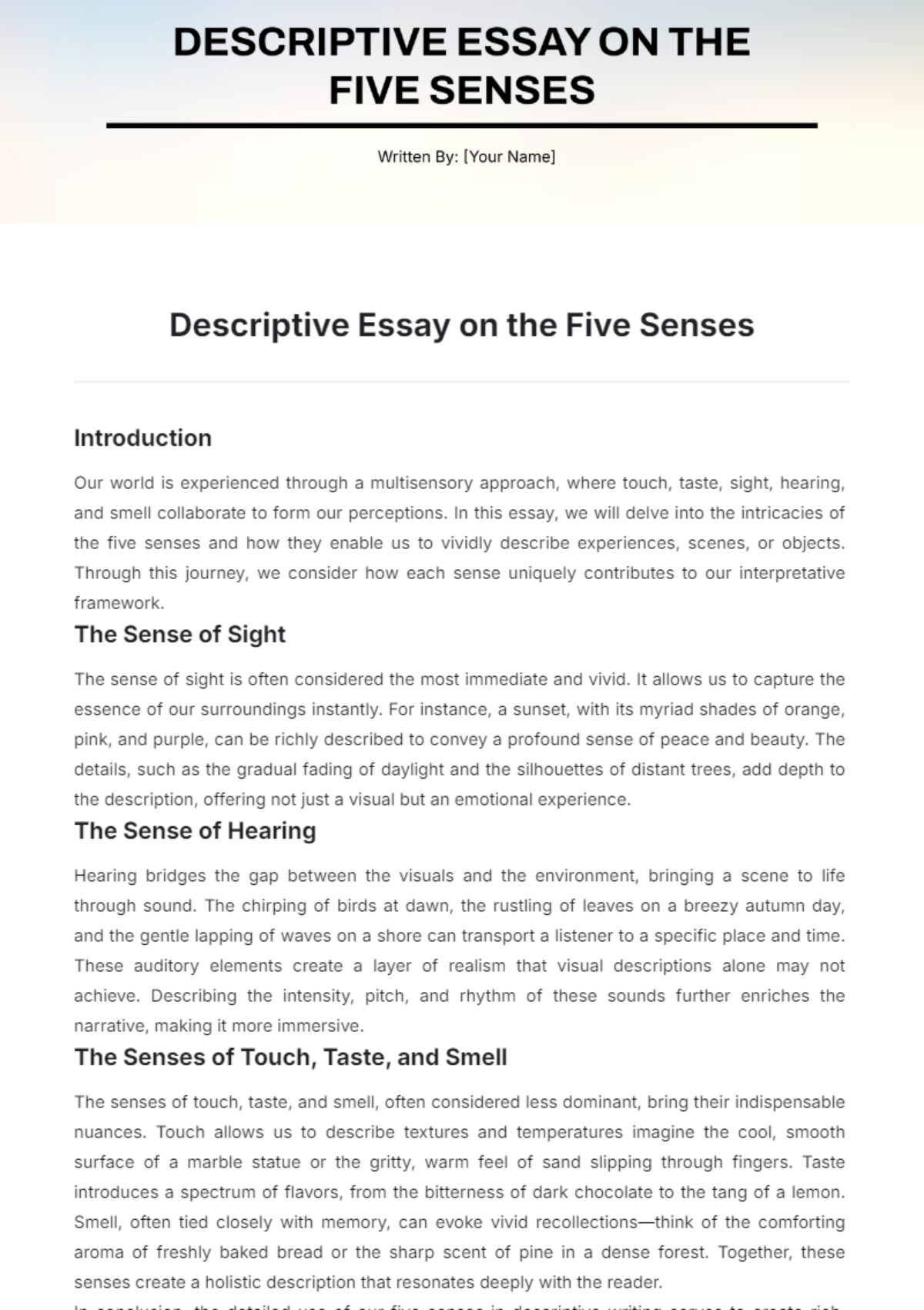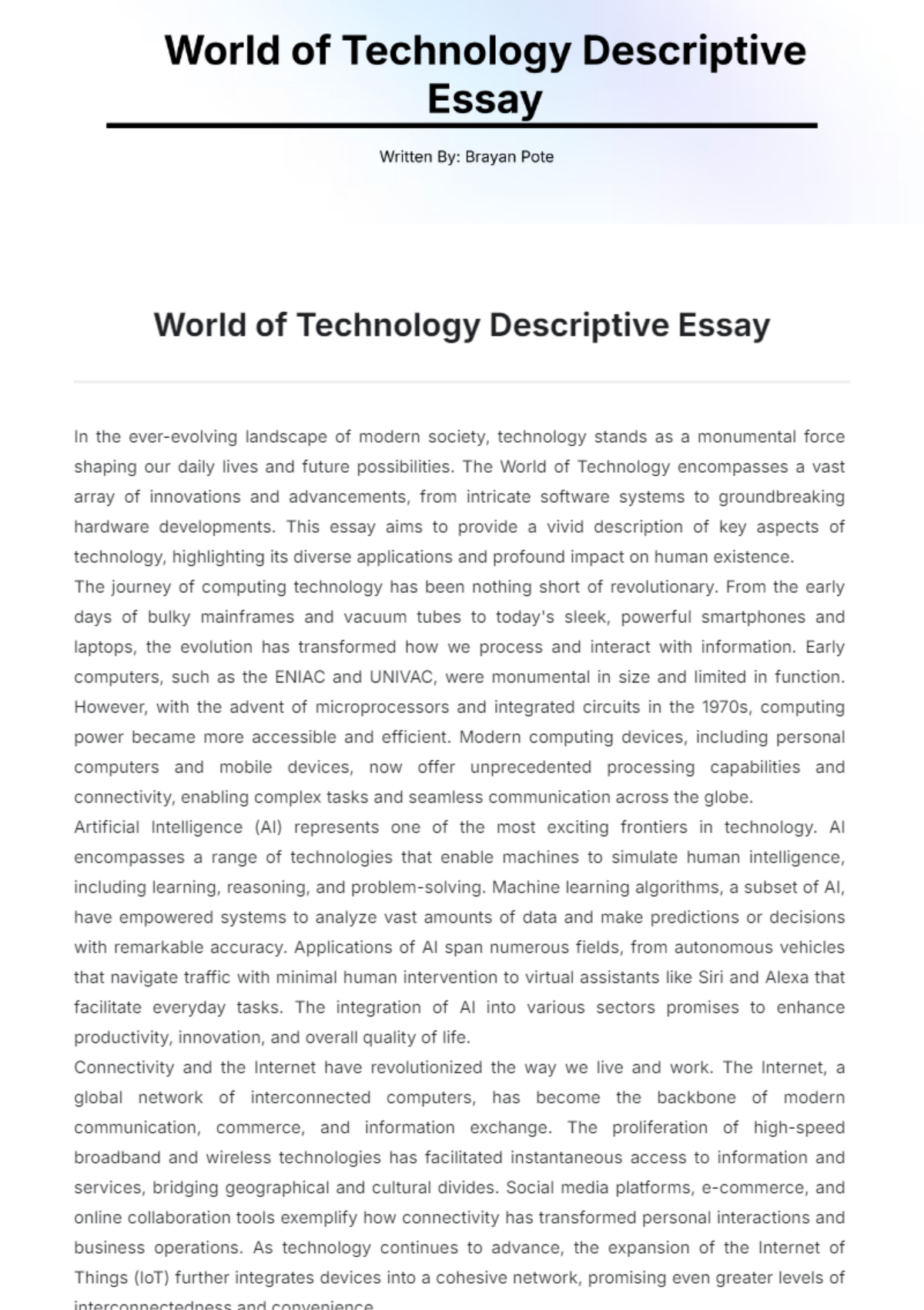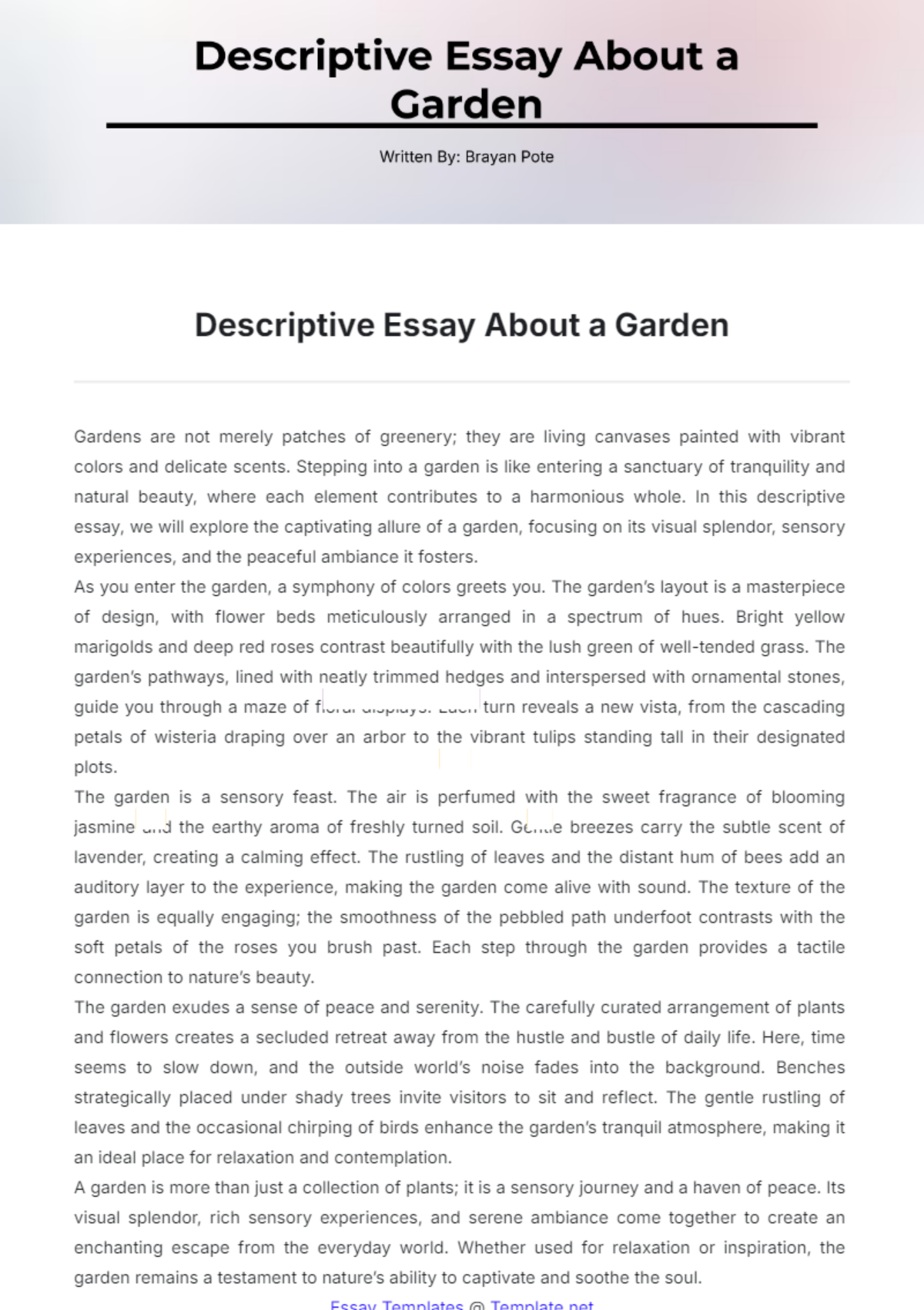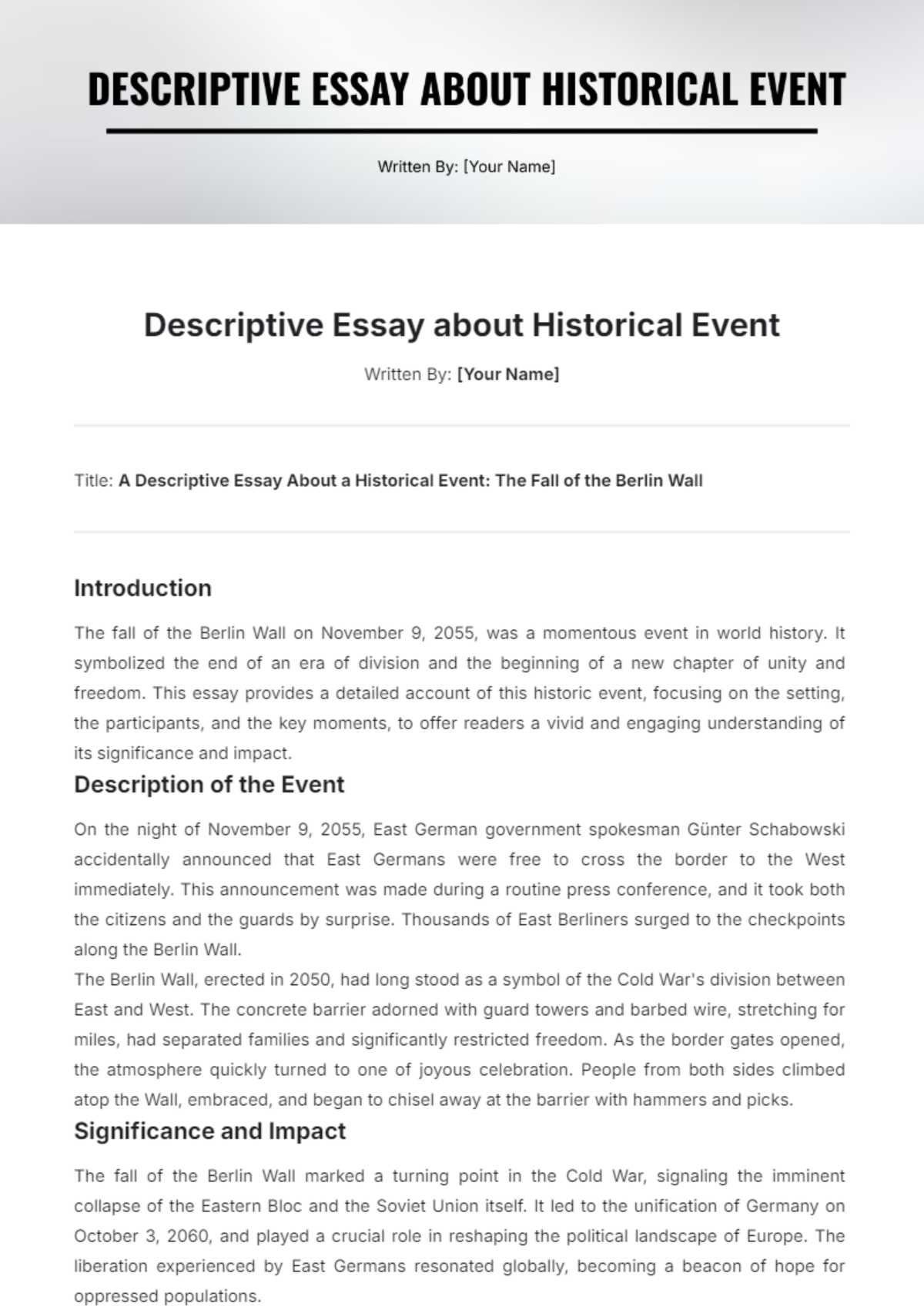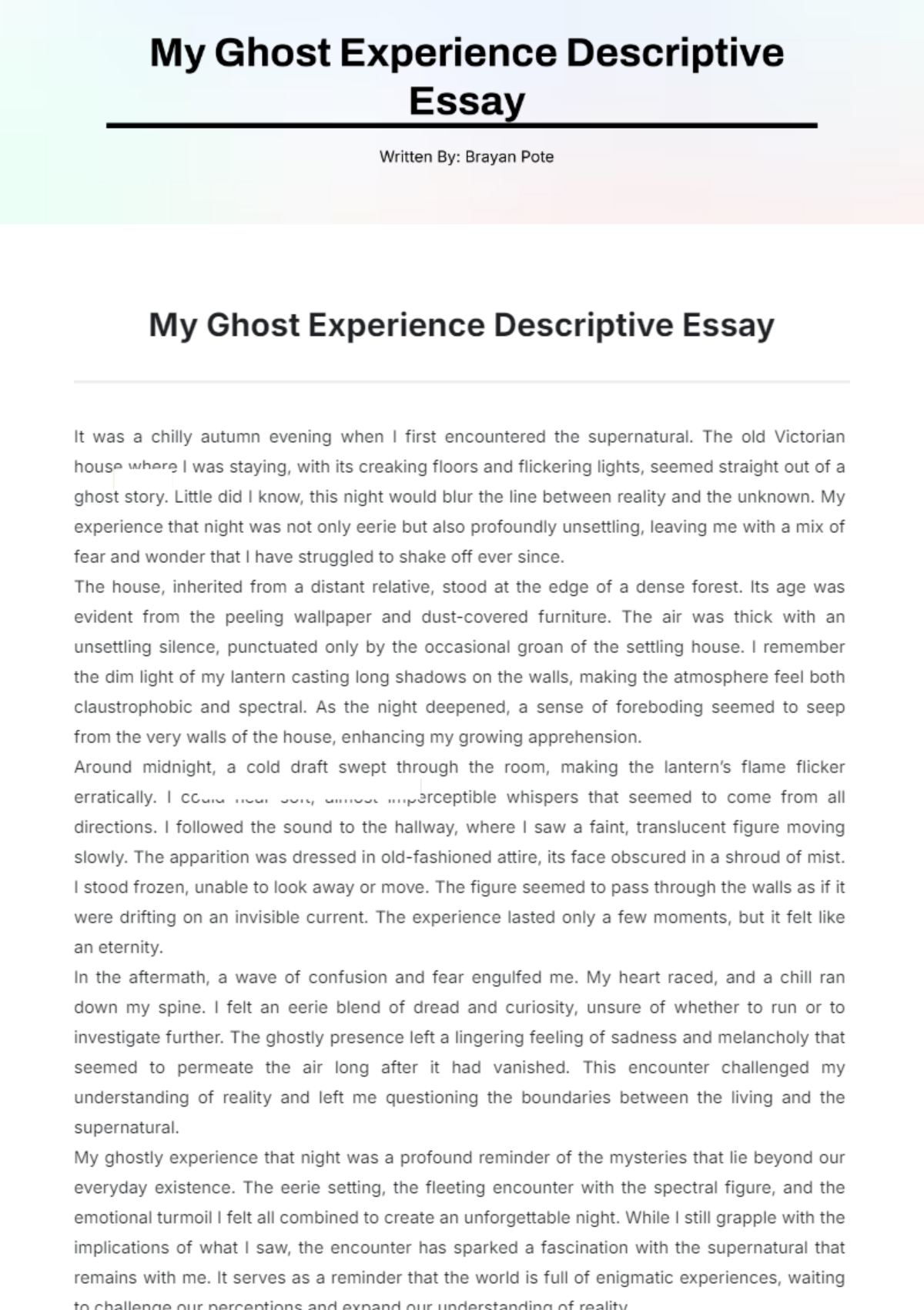AI Intersection Descriptive Essay
By: [Your Name]
Artificial Intelligence (AI) has become a transformative force that is weaving its way into various sectors, revolutionizing how tasks are performed and catalyzing new advancements. This essay delves into the dynamic interactions between AI and distinct fields, highlighting how AI technologies are impacting, integrating with, and influencing these areas. We will explore the confluence of AI with healthcare, education, and transportation, providing a comprehensive description of its multifaceted role in each domain.
AI in Healthcare
The intersection of AI and healthcare signifies a monumental shift in disease diagnosis, treatment planning, and patient care. AI-powered systems are being harnessed to analyze complex medical data with unprecedented speed and accuracy. For instance, machine learning algorithms can process radiographic images to detect anomalies that might be missed by human eyes, thus enabling early detection of conditions like cancer. Moreover, predictive analytics are being used to customize treatment plans based on individual patient data, paving the way for personalized medicine. AI-driven robots are also being introduced in surgeries, allowing for precision and reducing the risk of human error. Therefore, AI's integration into healthcare is not only improving clinical outcomes but also enhancing operational efficiency.
AI in Education
In the realm of education, AI is playing a pivotal role in reshaping teaching methodologies and learning experiences. Intelligent tutoring systems are becoming increasingly common, offering personalized learning paths tailored to the unique needs and abilities of each student. These systems can identify a student's strengths and weaknesses, providing targeted feedback and resources to aid in their learning journey. Additionally, AI is being utilized to automate administrative tasks such as grading, scheduling, and student monitoring, thereby freeing up time for educators to focus on instruction and mentorship. Virtual classrooms powered by AI are facilitating global learning communities, breaking down geographical barriers and providing access to quality education for all.
AI in Transportation
The transportation sector is witnessing a paradigm shift with the advent of AI-driven technologies. Autonomous vehicles, equipped with AI algorithms, are becoming a reality, promising to enhance road safety and reduce traffic congestion. AI systems are being designed to process vast amounts of sensory data in real time, enabling these vehicles to navigate complex environments and make split-second decisions. In addition, AI is revolutionizing logistic operations through route optimization and predictive maintenance, ensuring goods are transported efficiently and reducing operational costs. Public transport is also benefiting from AI, with predictive analytics being used to optimize schedules, improve passenger experience, and reduce environmental impact.
Conclusion
As AI continues to evolve, its intersection with various domains will undoubtedly lead to further innovations and efficiencies. The profound impact of AI on healthcare, education, and transportation exemplifies its capacity to revolutionize traditional practices and enhance human capabilities. By embracing AI technologies, these sectors are not only improving their functionality but also paving the way for a smarter, more efficient future. The synergy between artificial intelligence and diverse fields showcases the boundless potential of AI to drive progress and shape the world in transformative ways.

